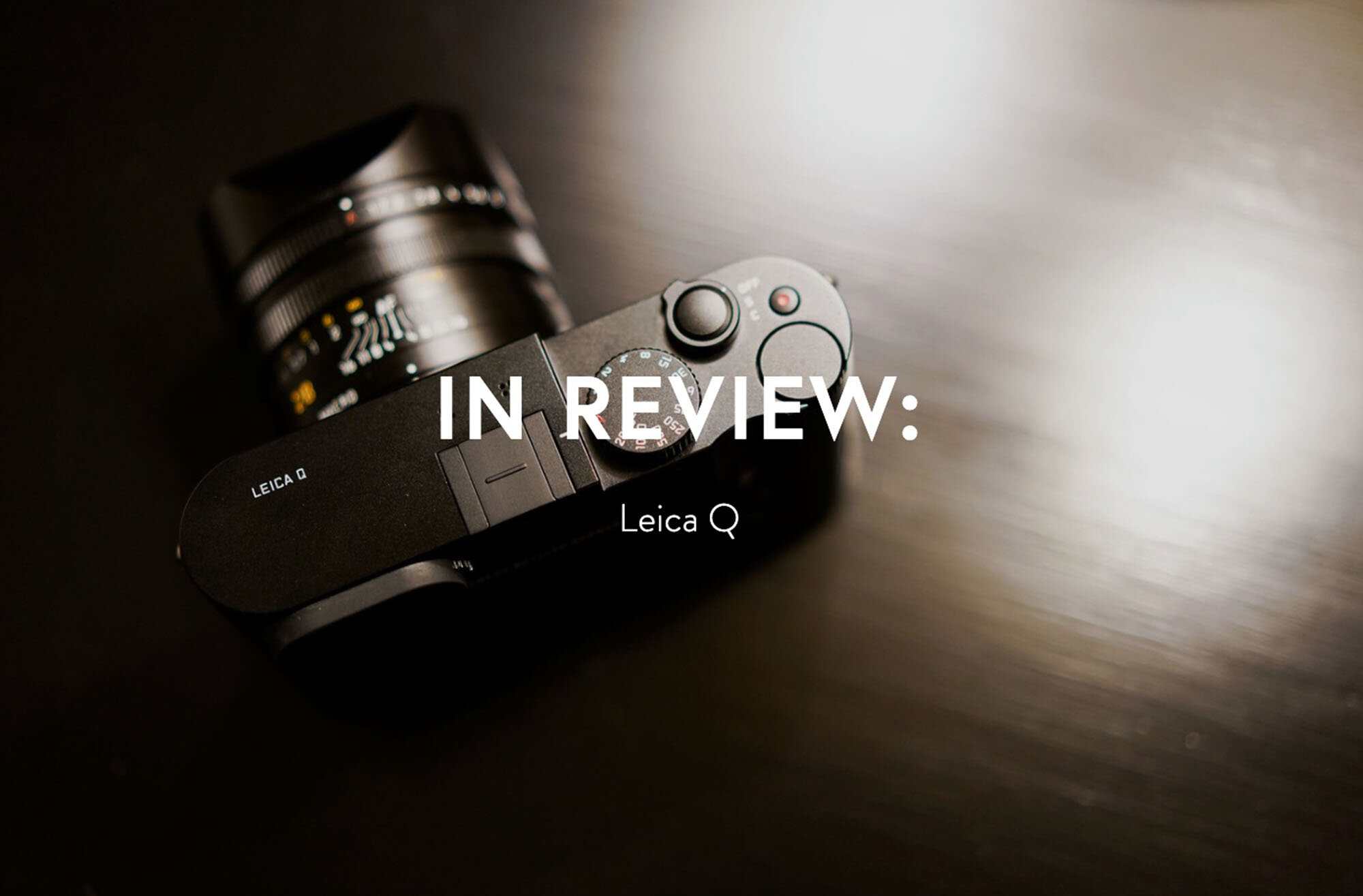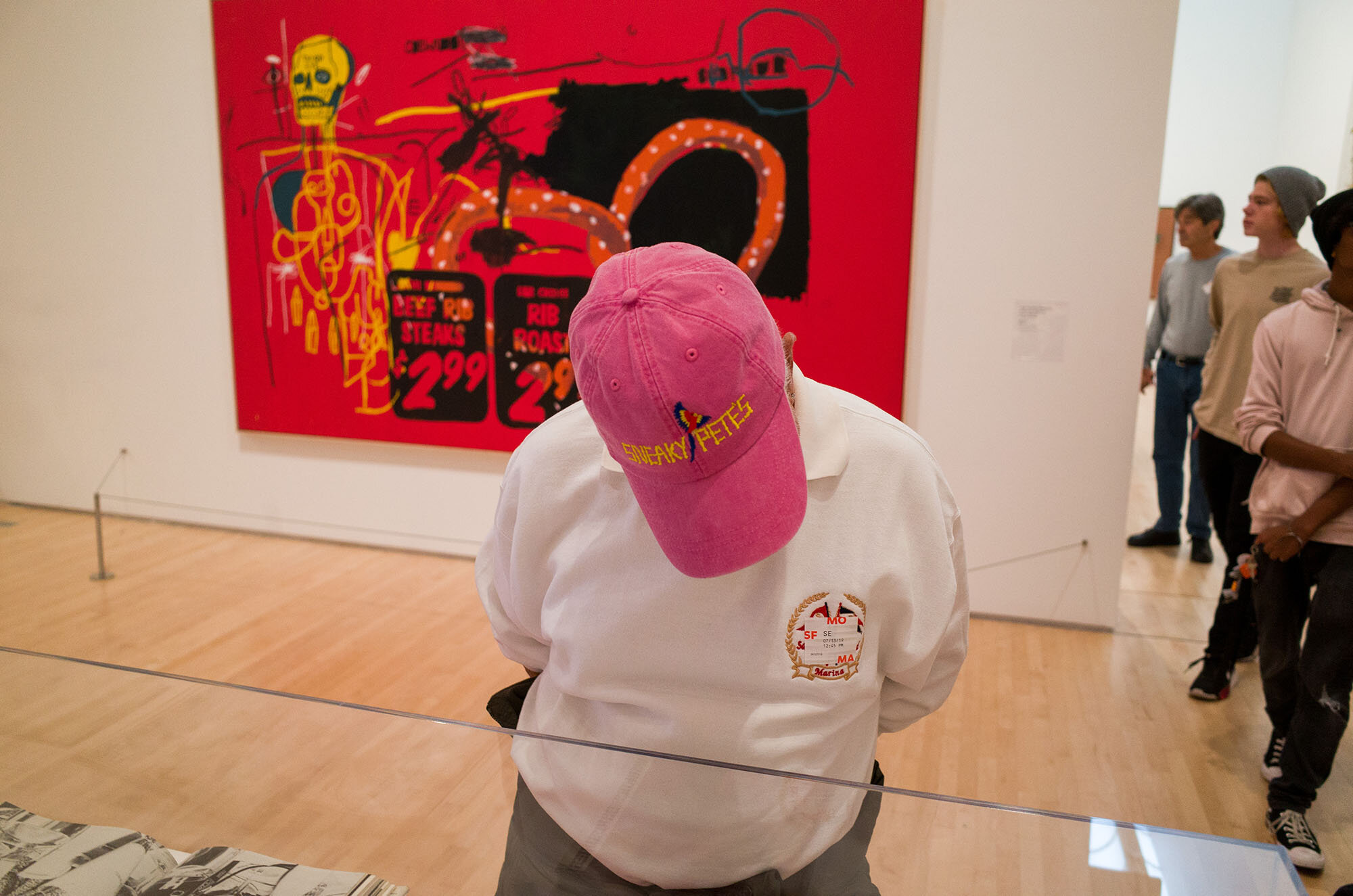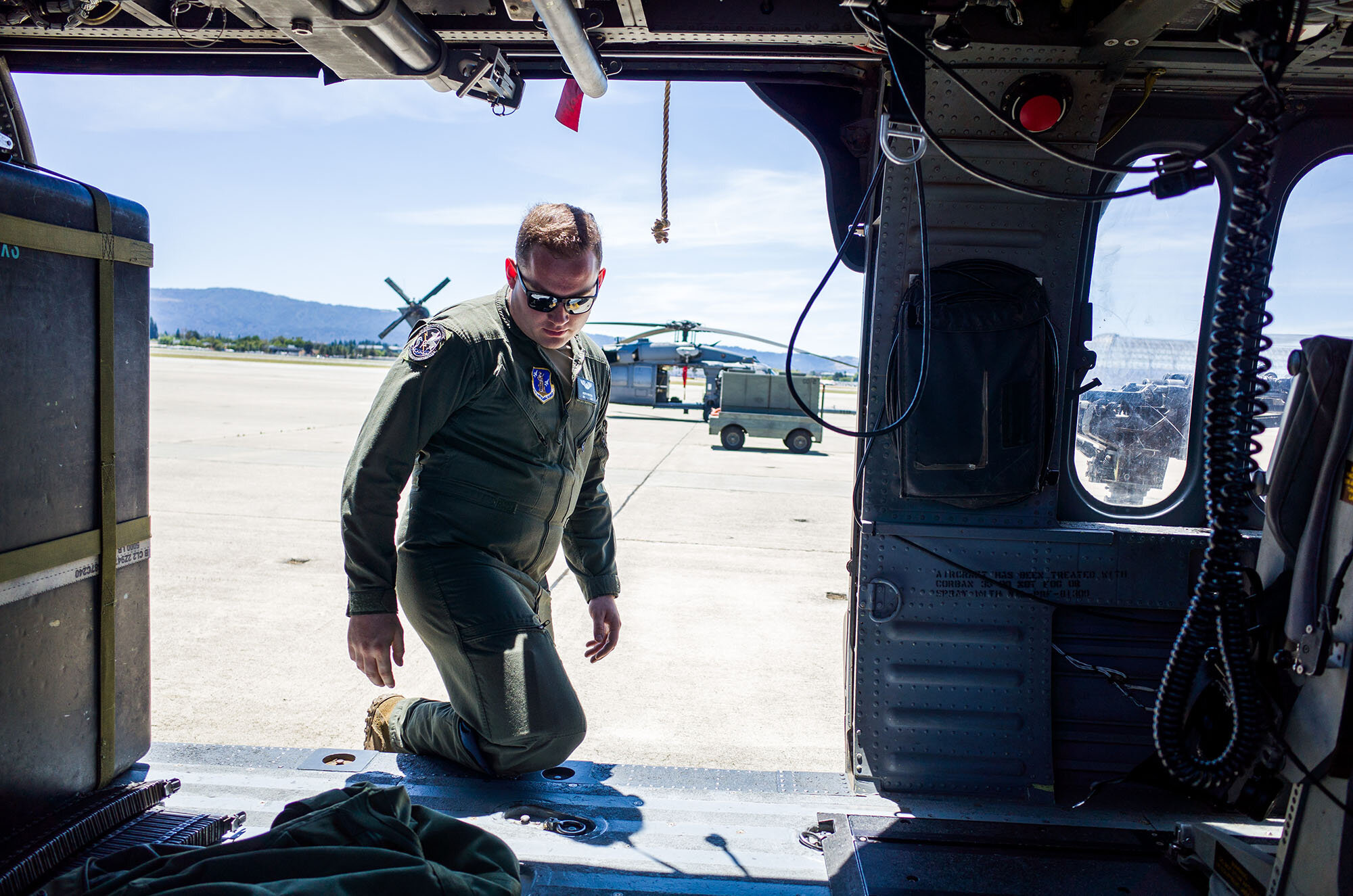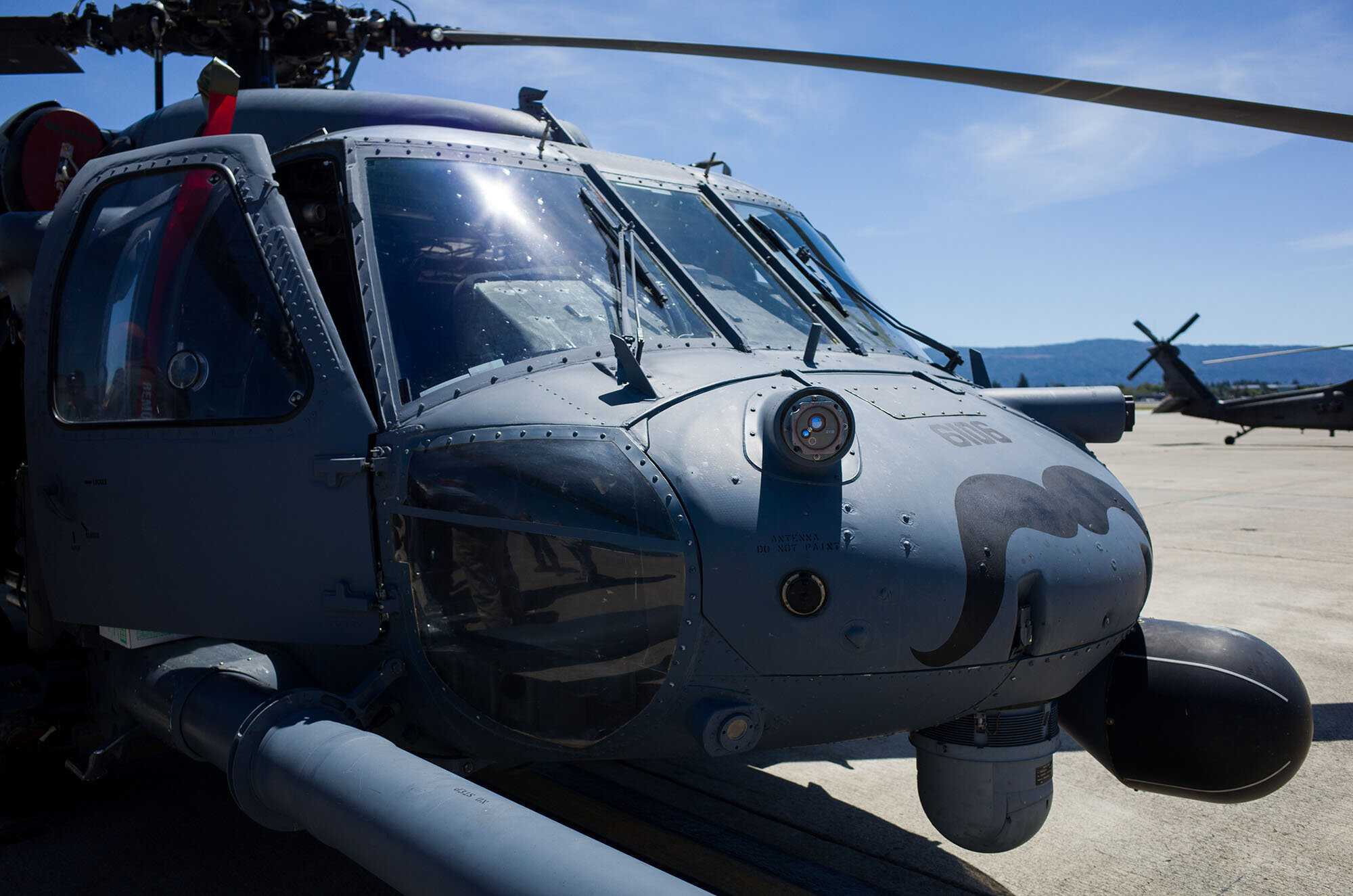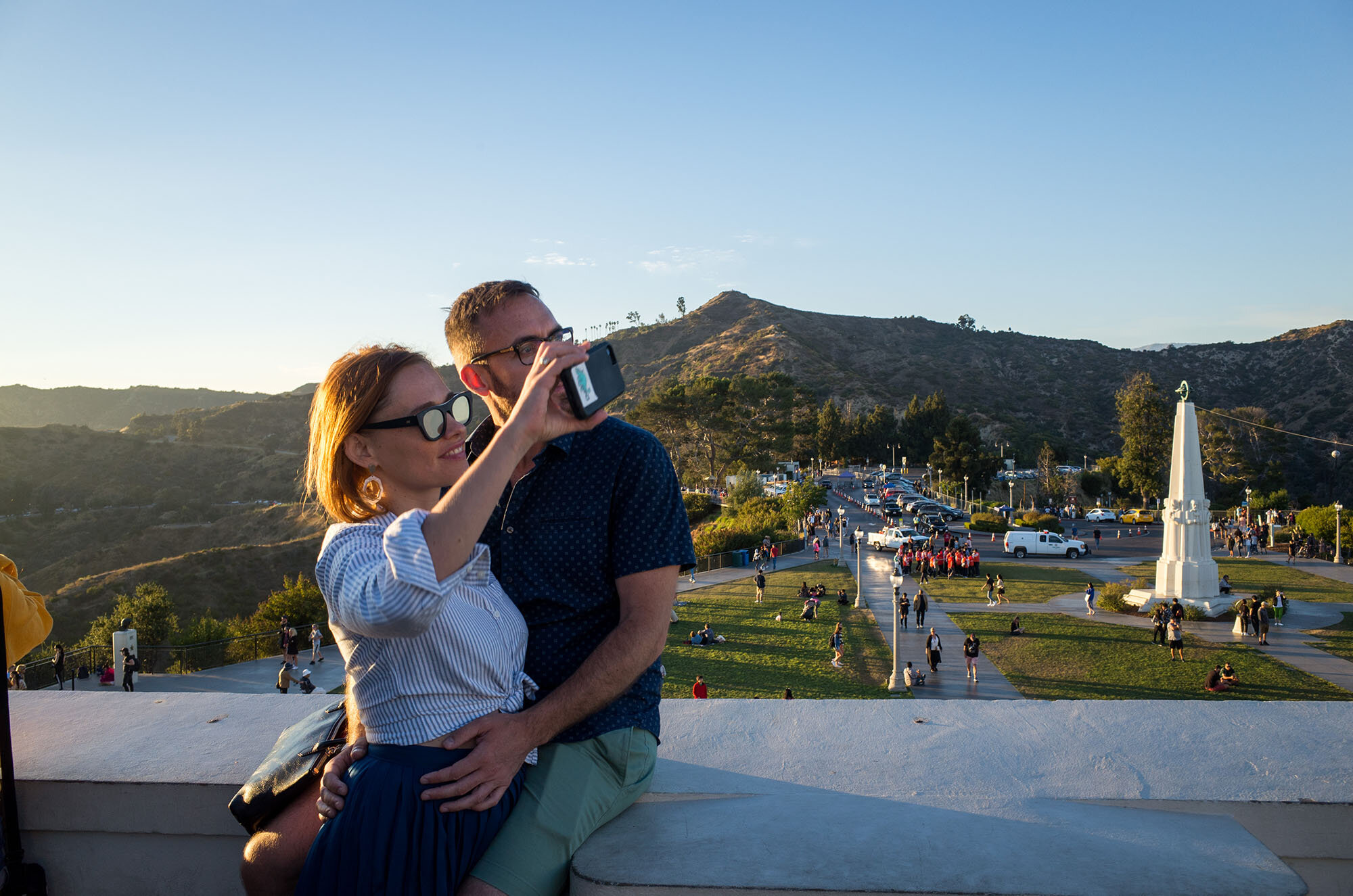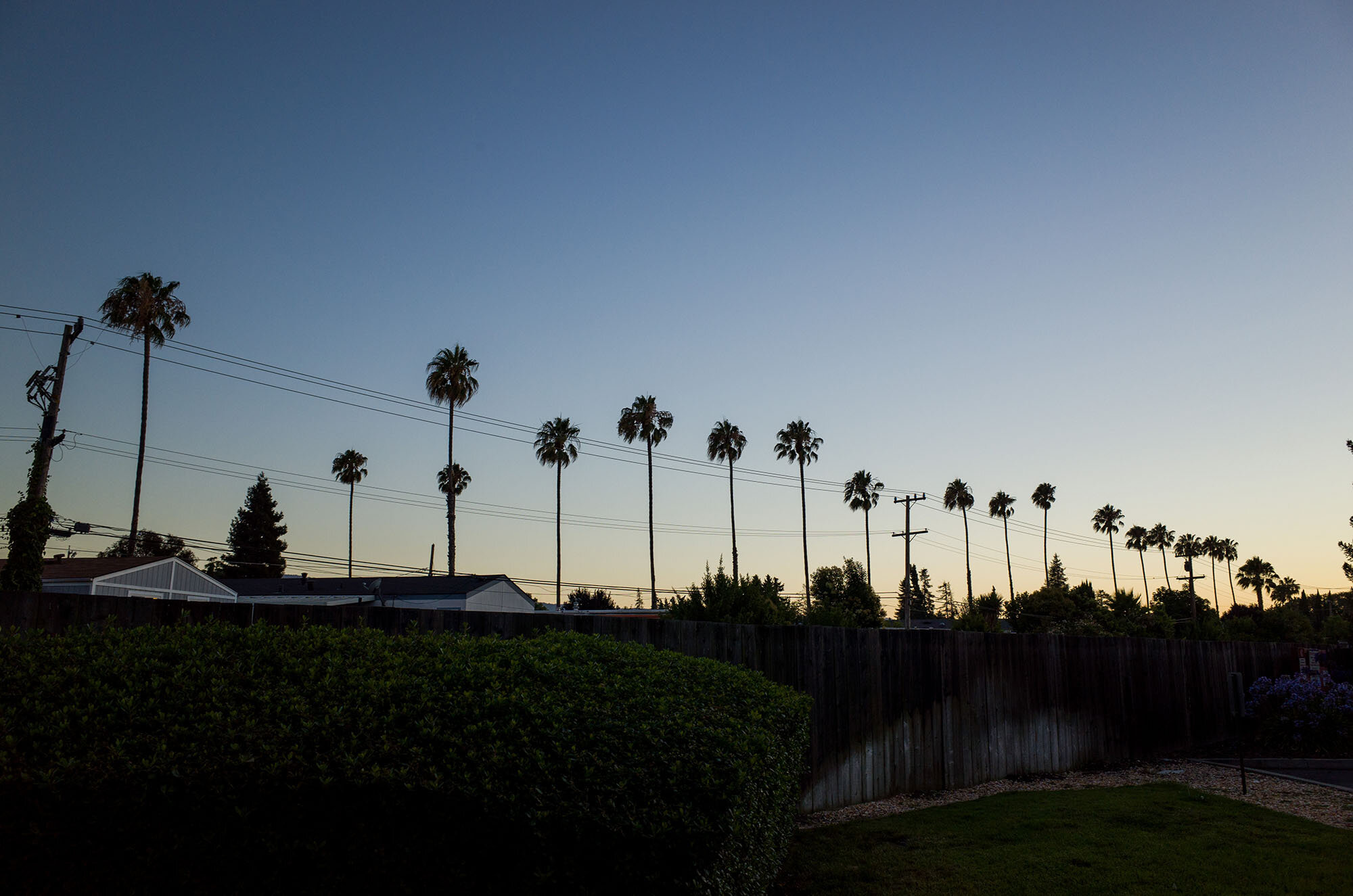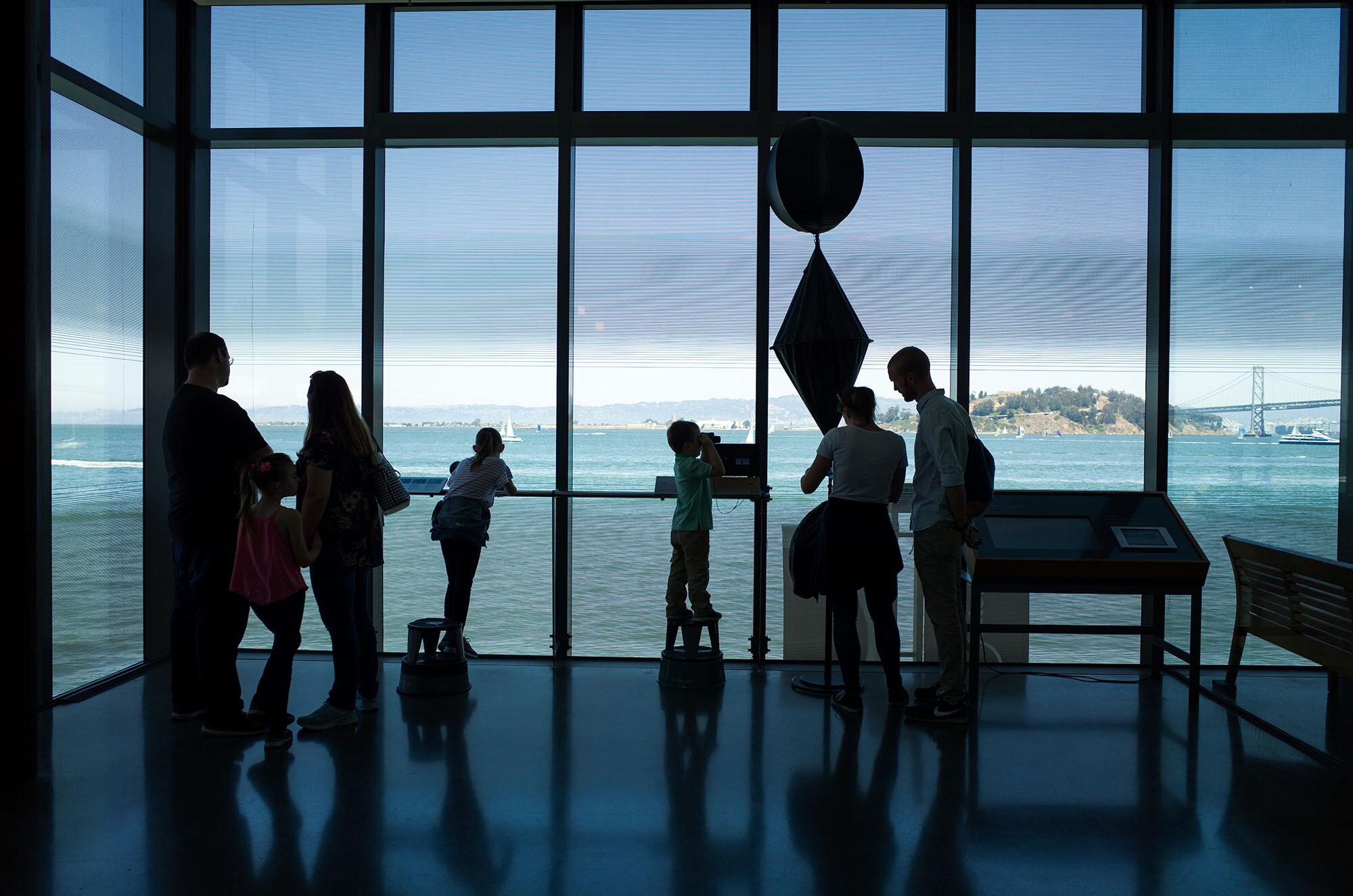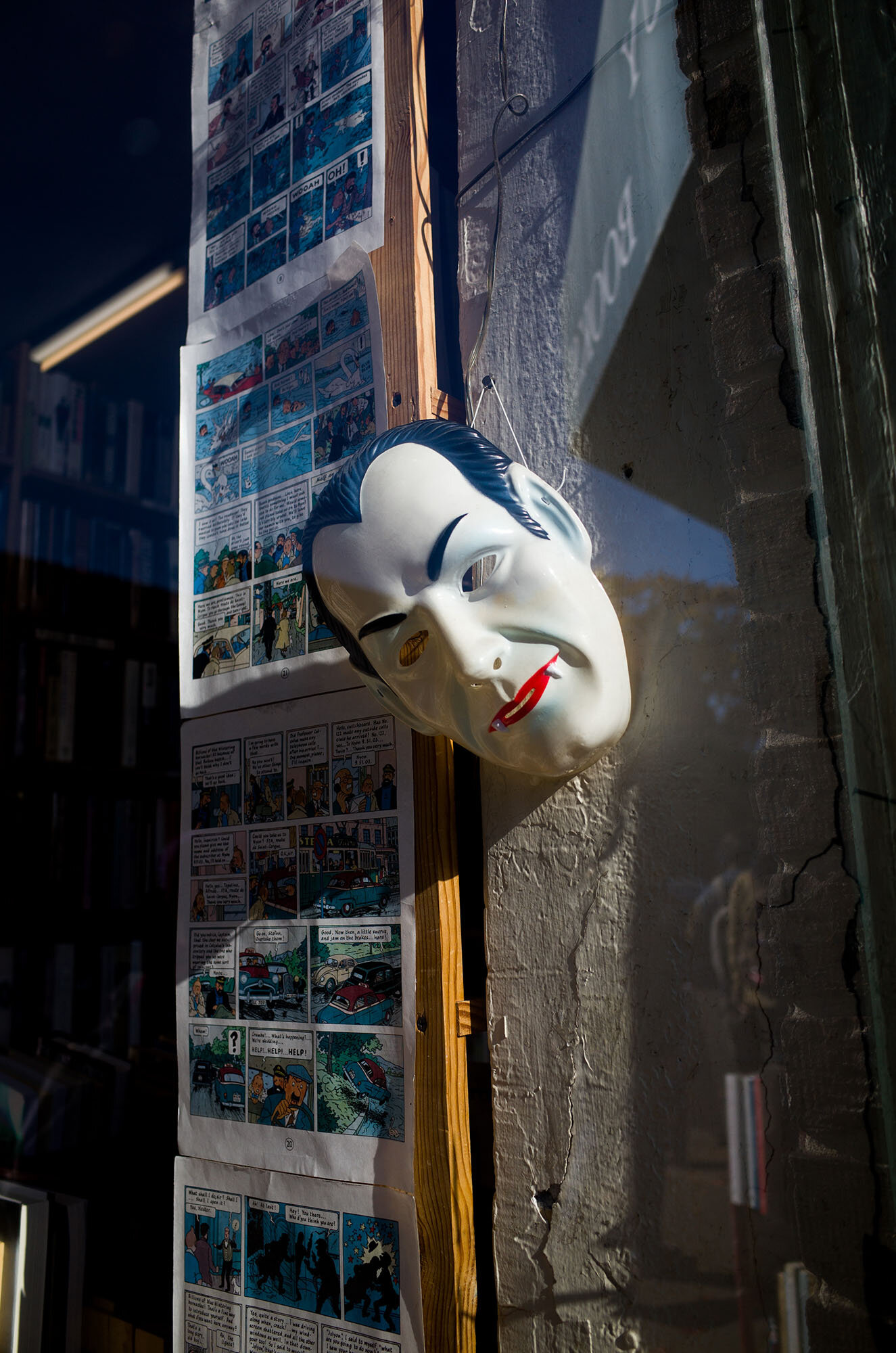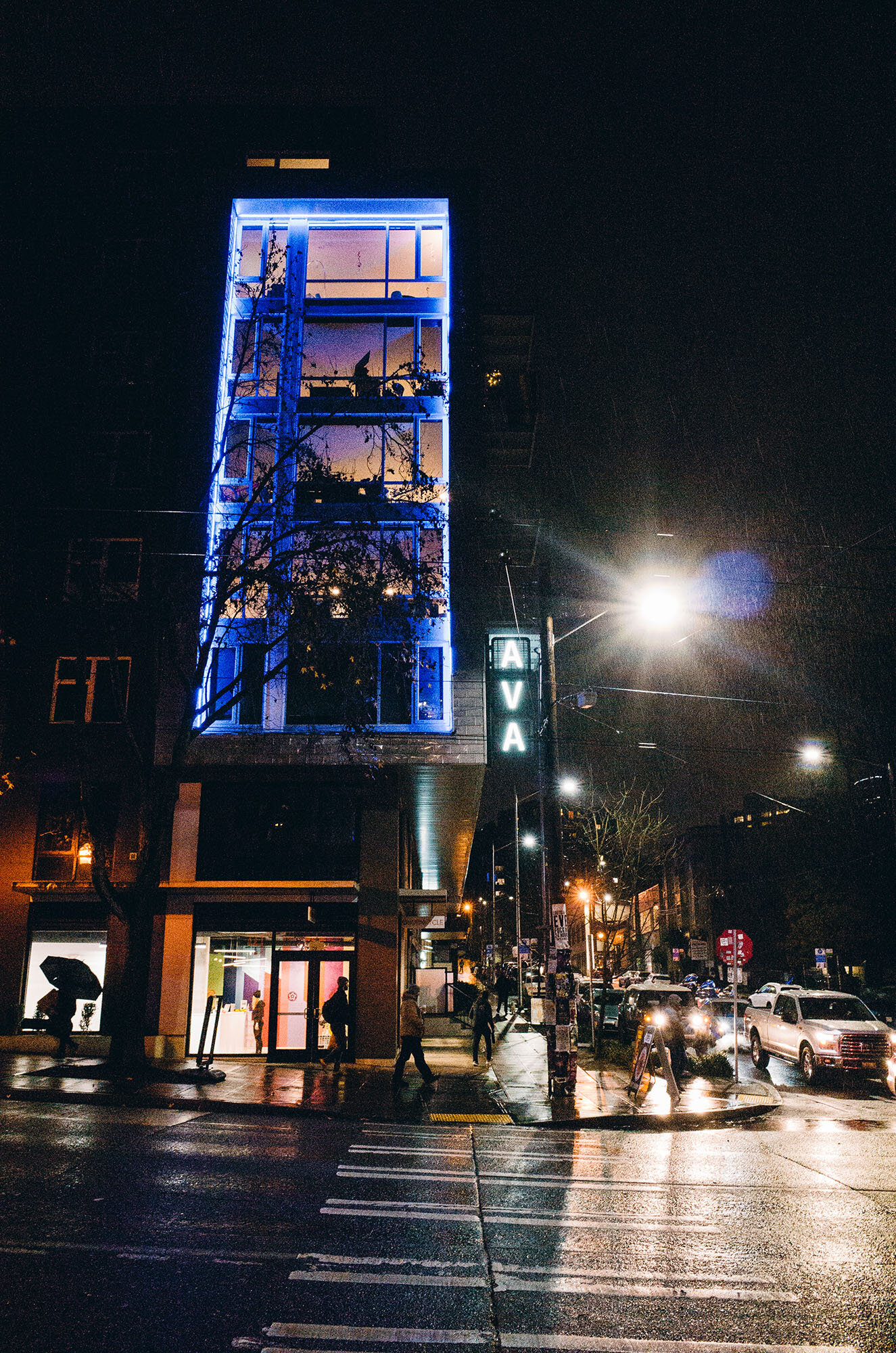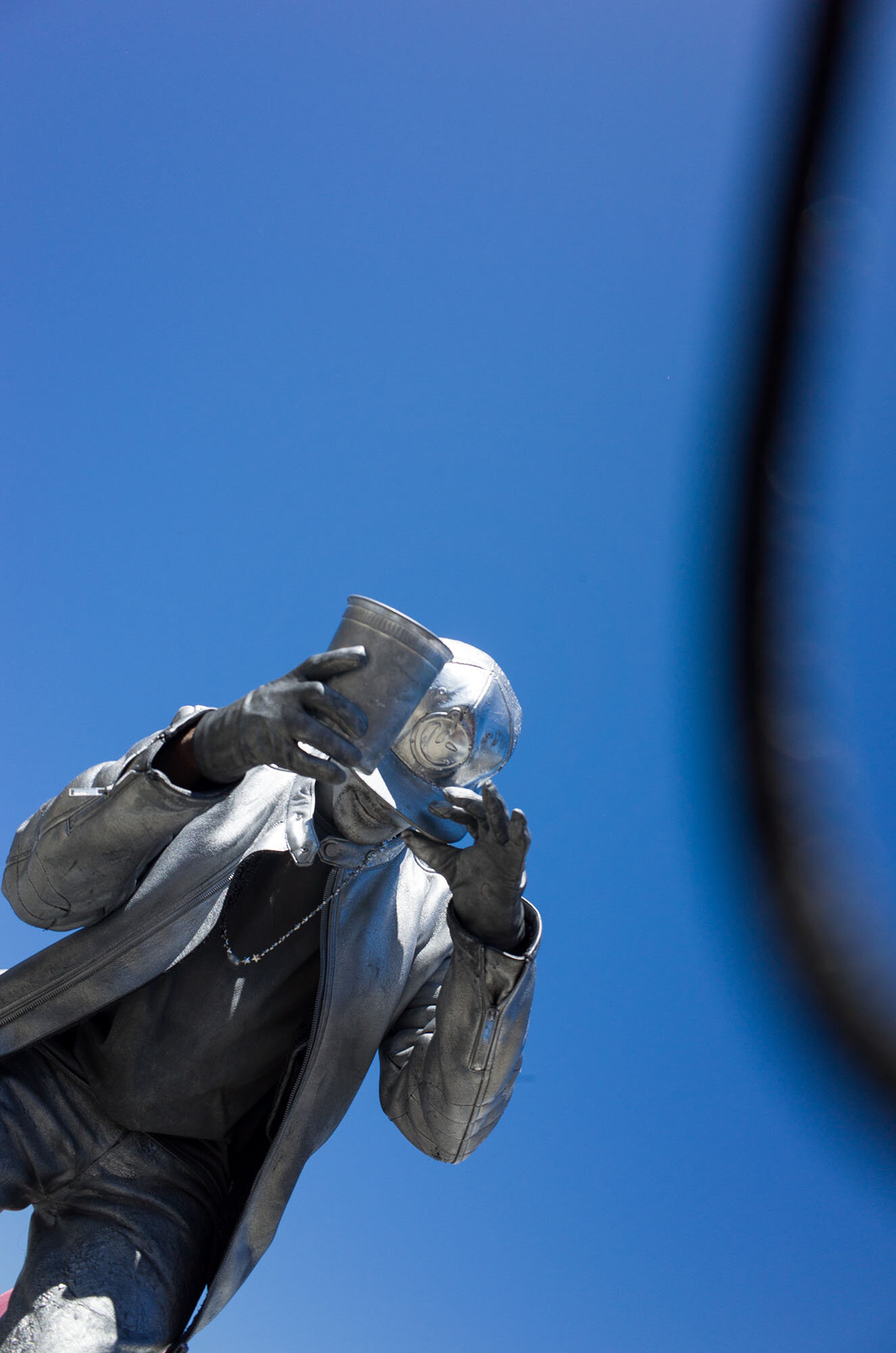INTRODUCTION
Three years ago, I had a crisis. I typically brought a camera out with me, everywhere I went. Whether I was going to school, for a quick meal with family, hanging out with friends, or just heading to the city for the day, I’d always have a camera on me.
These cameras typically ranged in size, but were often full-frame mirrorless cameras with interchangeable lenses. For example, the Sony a7R II, the Leica M9-P, or even the Leica SL. I got beautiful photos with these cameras, but, I often found that I was not focusing on enjoying the time I had with the people around me. Instead, I was focusing on trying to get that next perfect candid shot, or just suffering through having to deal with and take care of a full-frame camera. Not only was I dealing with professional full-frame cameras in my downtime, I usually only used manual focus lenses adapted on mirrorless bodies, adding to the inconvenience.
Essentially, I was too busy dealing with having a camera than actually living in the moment. My solution: stop carrying a camera around. But, it was a short-lived solution, because I started lamenting all of the shots that I missed when I went out.
In came the Ricoh GR.
There’s a multitude of reviews on the Ricoh GR, including a fantastic one by my friend, Ashwin Rao, on Steve Huff’s website, which can be found here:
Ashwin Rao’s review of the Ricoh GR
But, what compelled me to write my own Ricoh GR review, especially after owning six Leica Q’s (more on that ridiculous number of Q’s in a moment) over the past four years, was just how much it changed my life, and how it extinguished my crisis, how no other camera could.
How? Let’s find out:
DESIGN
Dating back to 1996, the Ricoh GR system has spanned 12 models, each with confusingly similar names, and nearly identical looks over the past 23 years. Why? Perhaps Ricoh believed that there truly is no need to fix what isn’t broken.
Image: Pentax Ricoh
The particular model that I’m reviewing is the Ricoh GR, released in May of 2013. This six-year-old camera fits in the size of most palms, and easily into the pockets of slim-fit jeans. The size of this camera is a game-changer. Of course, there are plenty of small cameras in the market, but few have an APS-C sized sensor, and fewer still have lenses as impressive as the one built into the Ricoh GR.
Towards the top of the camera, there’s a mode dial, and a grand total of two buttons. On the back, controls are sparse, but all easily accessible with one hand.
The body is light without feeling cheap and airy, and the overall camera feels high quality, with soft touch faux leather, and rounded metal edges.
The Ricoh GR fits the description of “point and shoot” perfectly.
IMAGE QUALITY
I’ve shot full-frame cameras since 2014, and have primarily stuck with full-frame sensors since then. The only cameras that were worth using with sensors smaller than full-frame had to have either an extremely compelling user experience or image quality comparable to what I was used to from my full-frame cameras.
The Ricoh GR excels in both of these aspects.
The image quality from the 18mm (27-ish mm full-frame equivalent) built-in lens is stunning. Images are rendered surprisingly sharp, and the colors and dynamic range of the image files are malleable and easy to process to get the looks that I want. There’s also a refreshingly 3-D pop from images shot on the Ricoh GR which can be seen in the following samples:
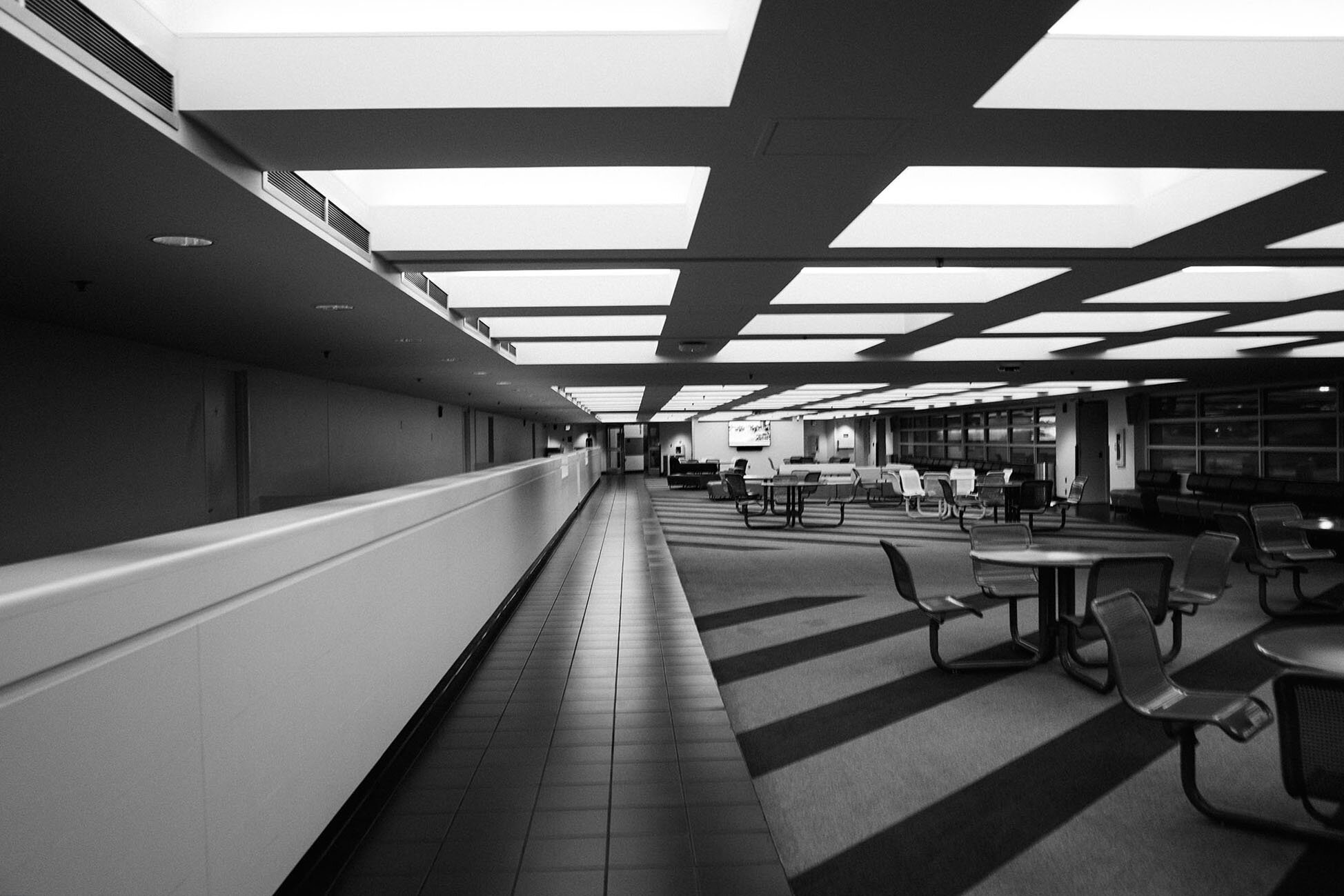
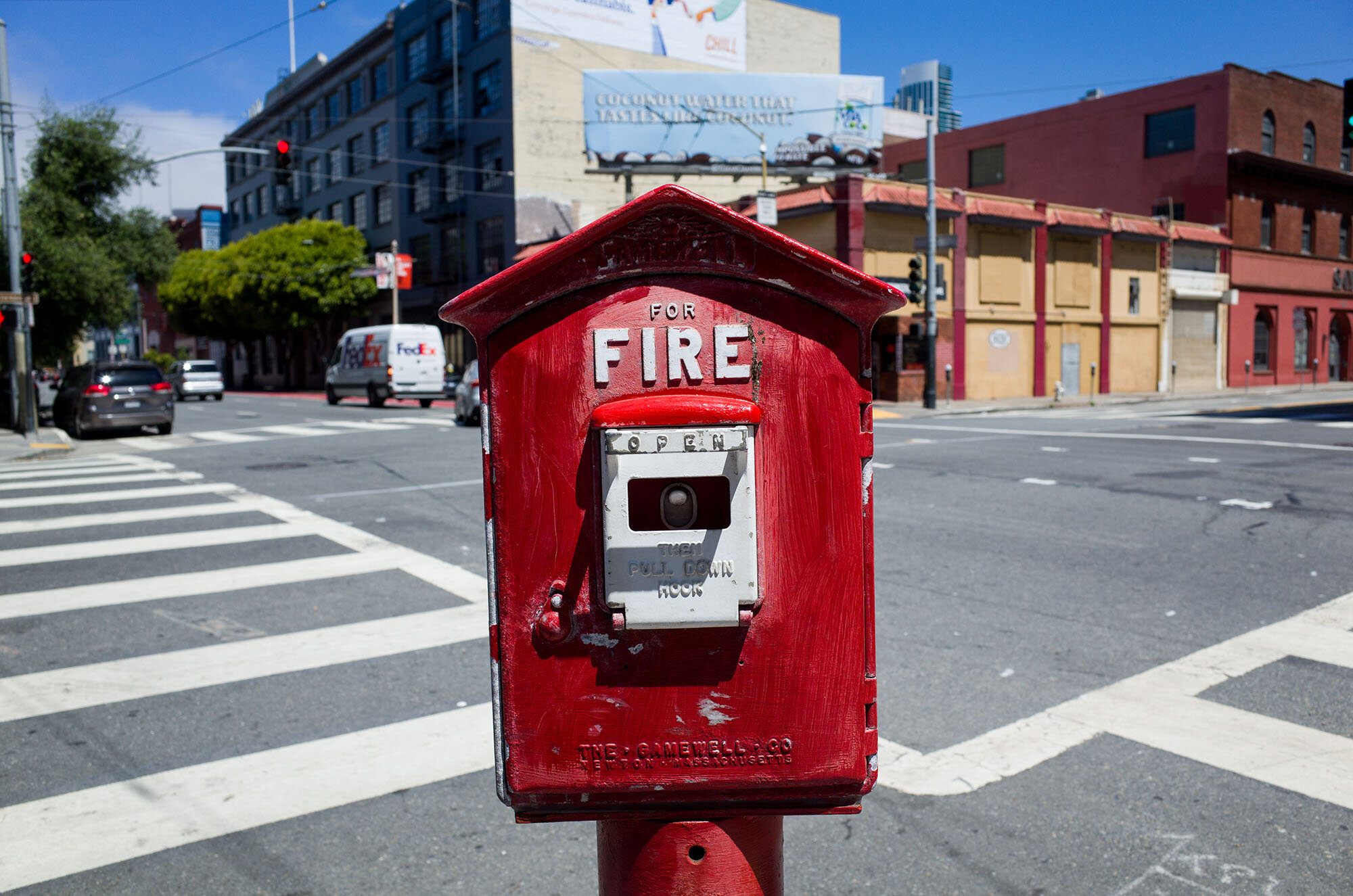
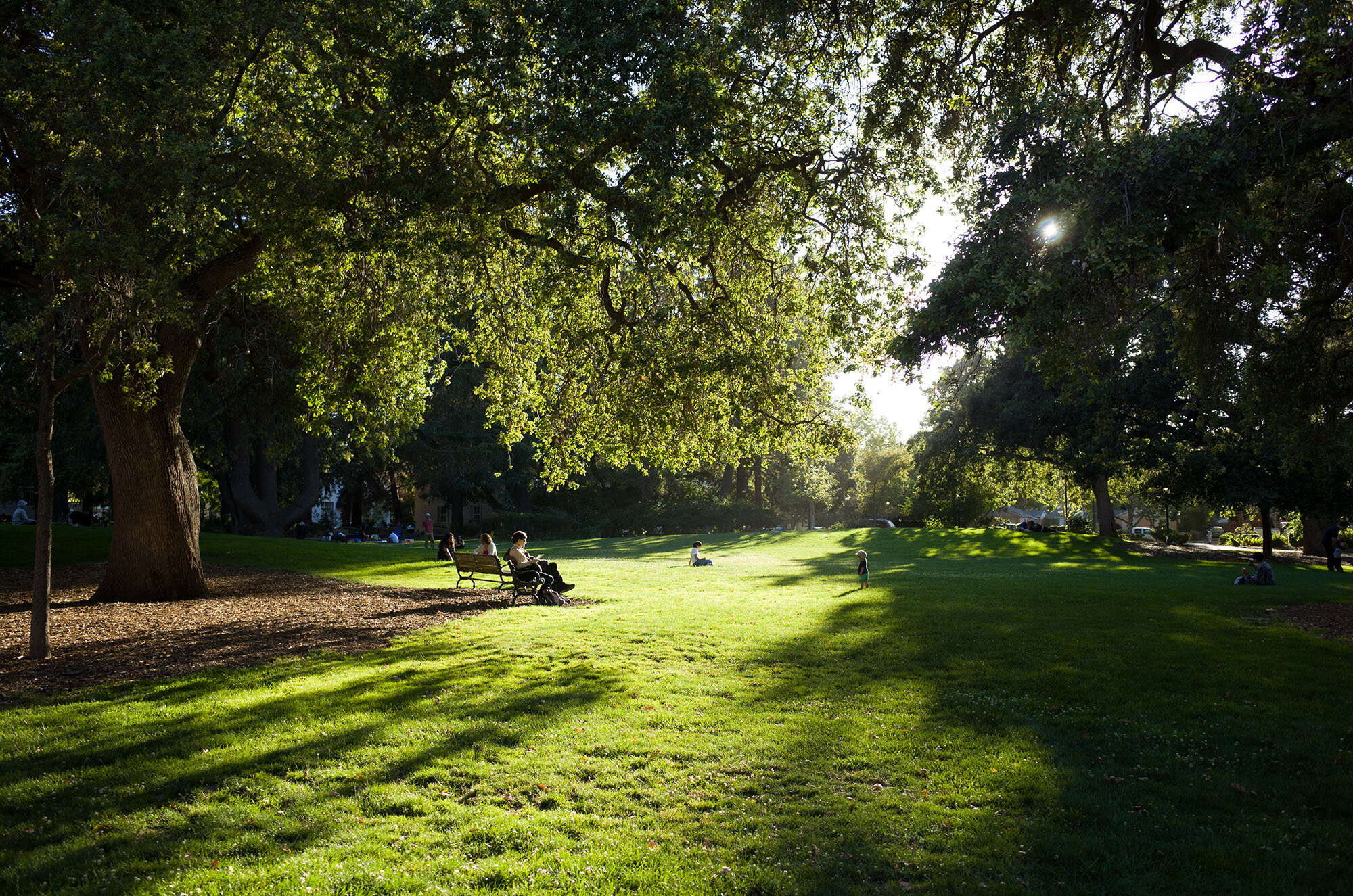

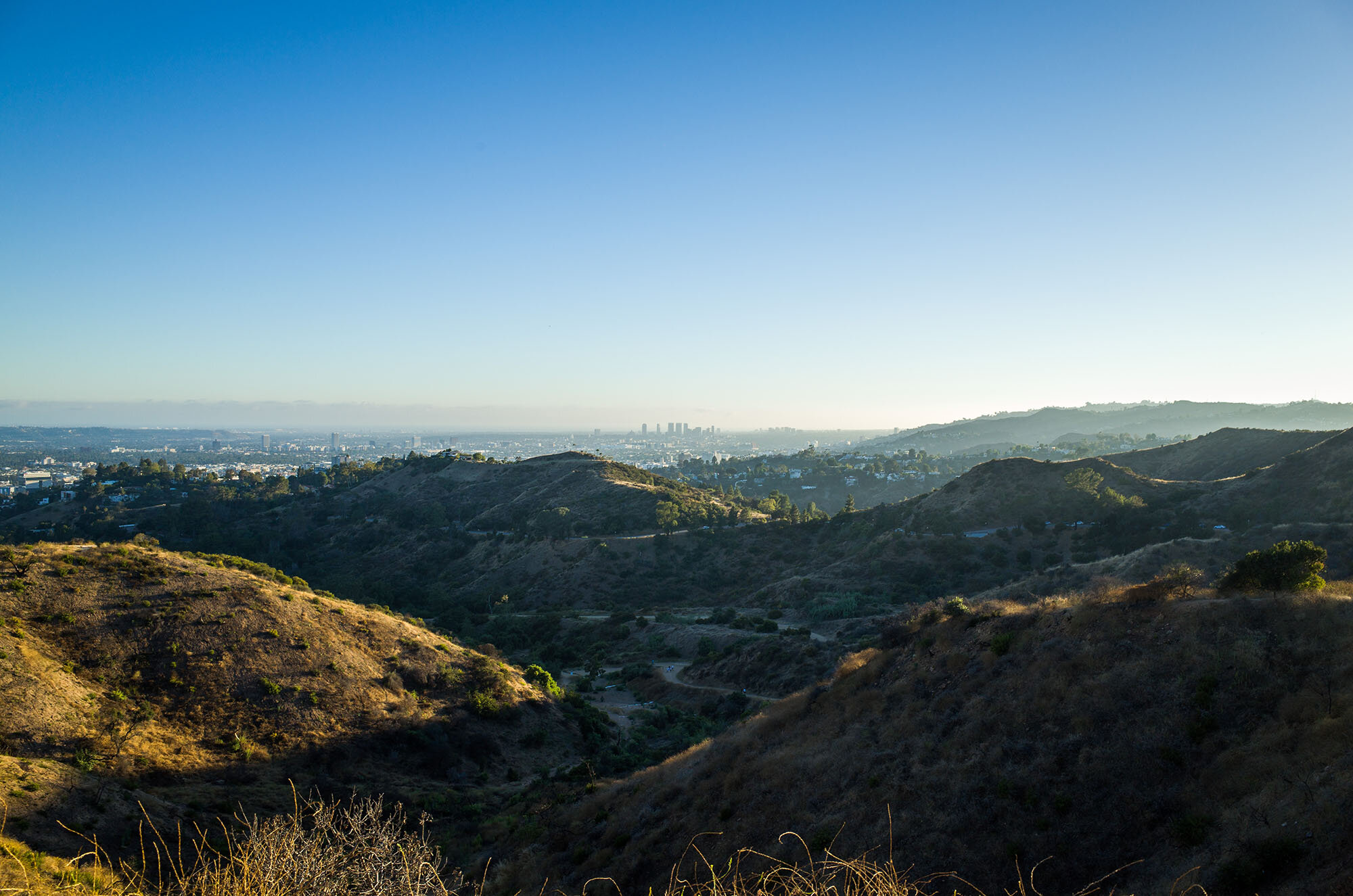
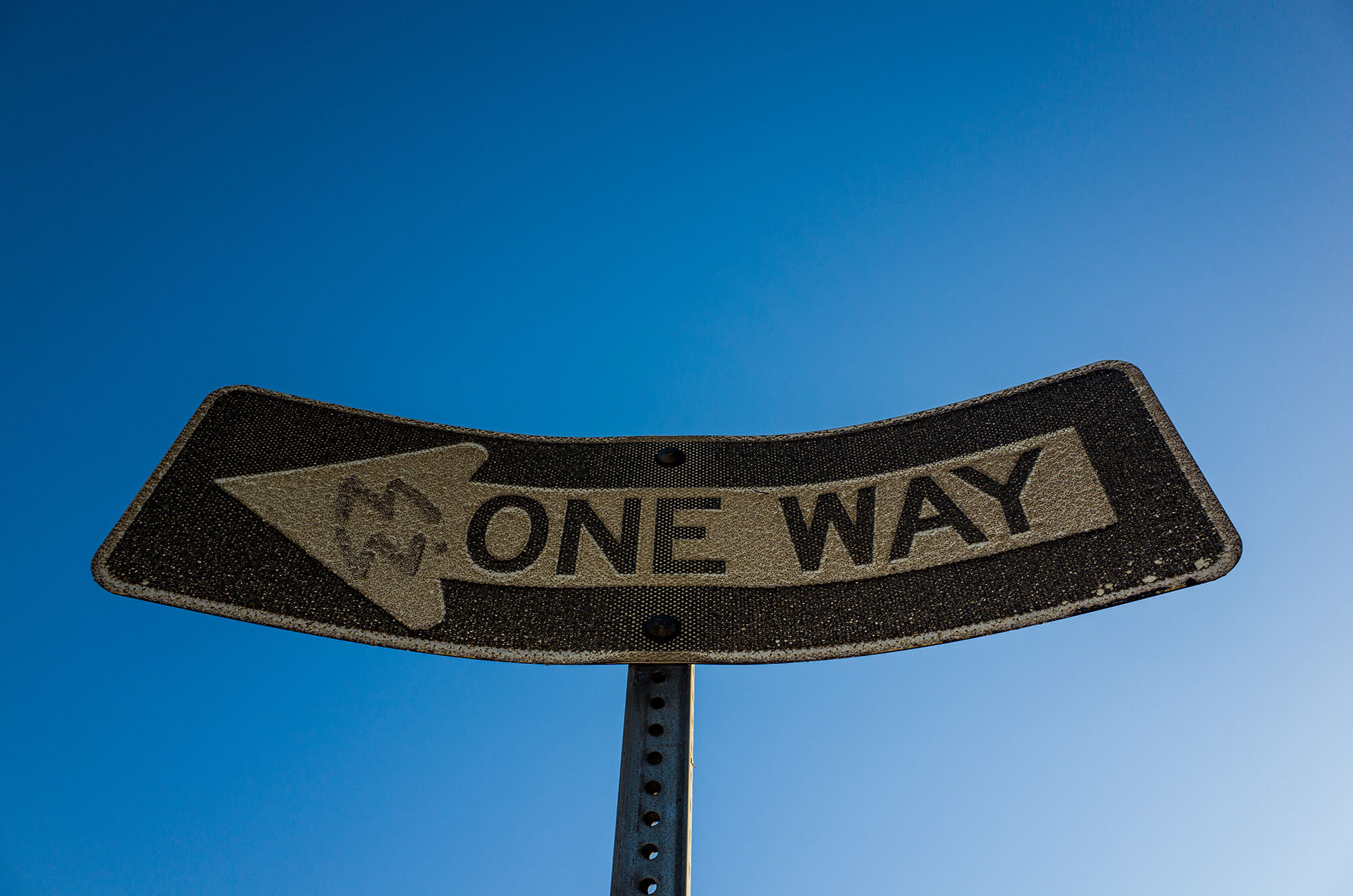
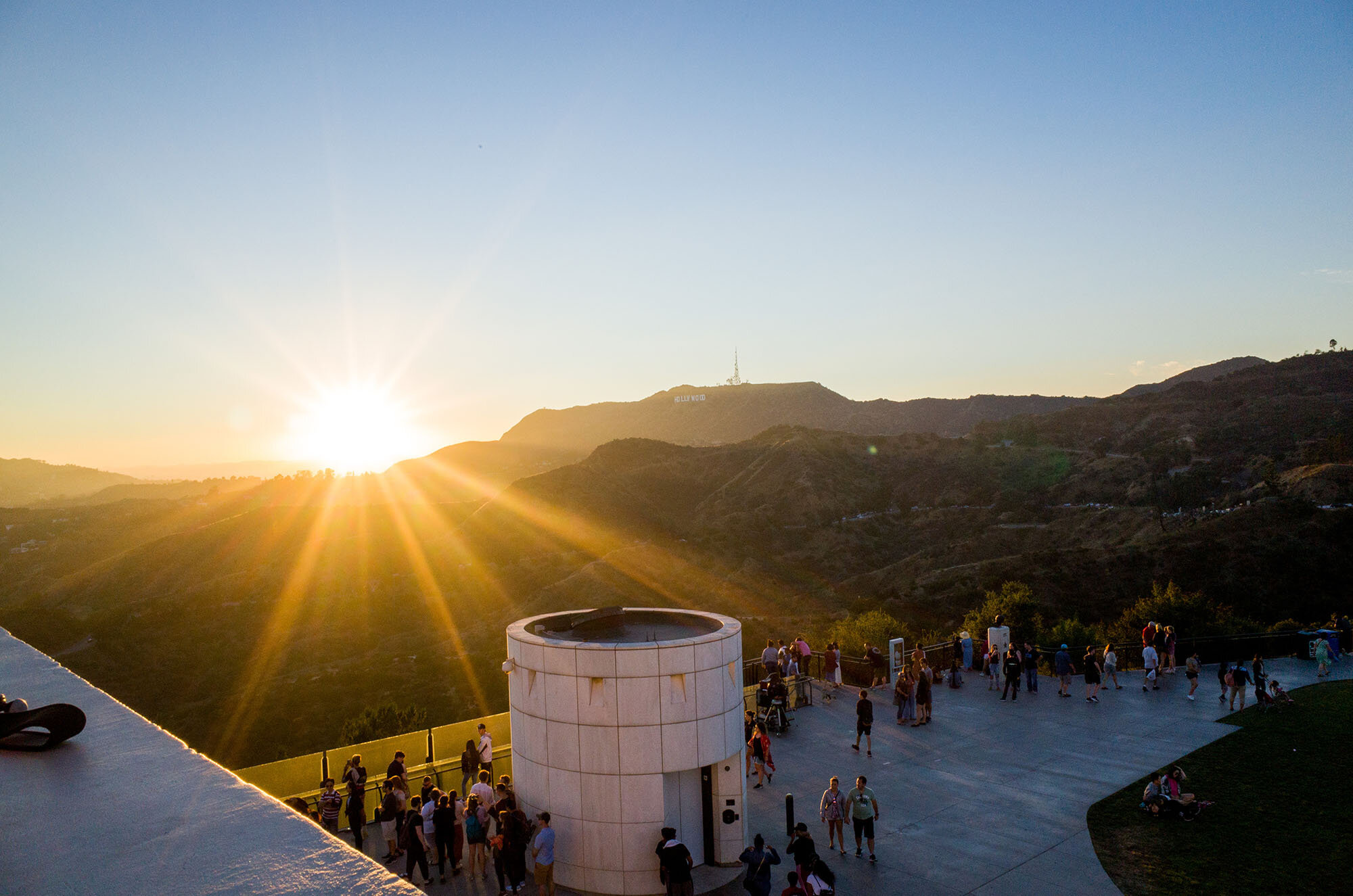



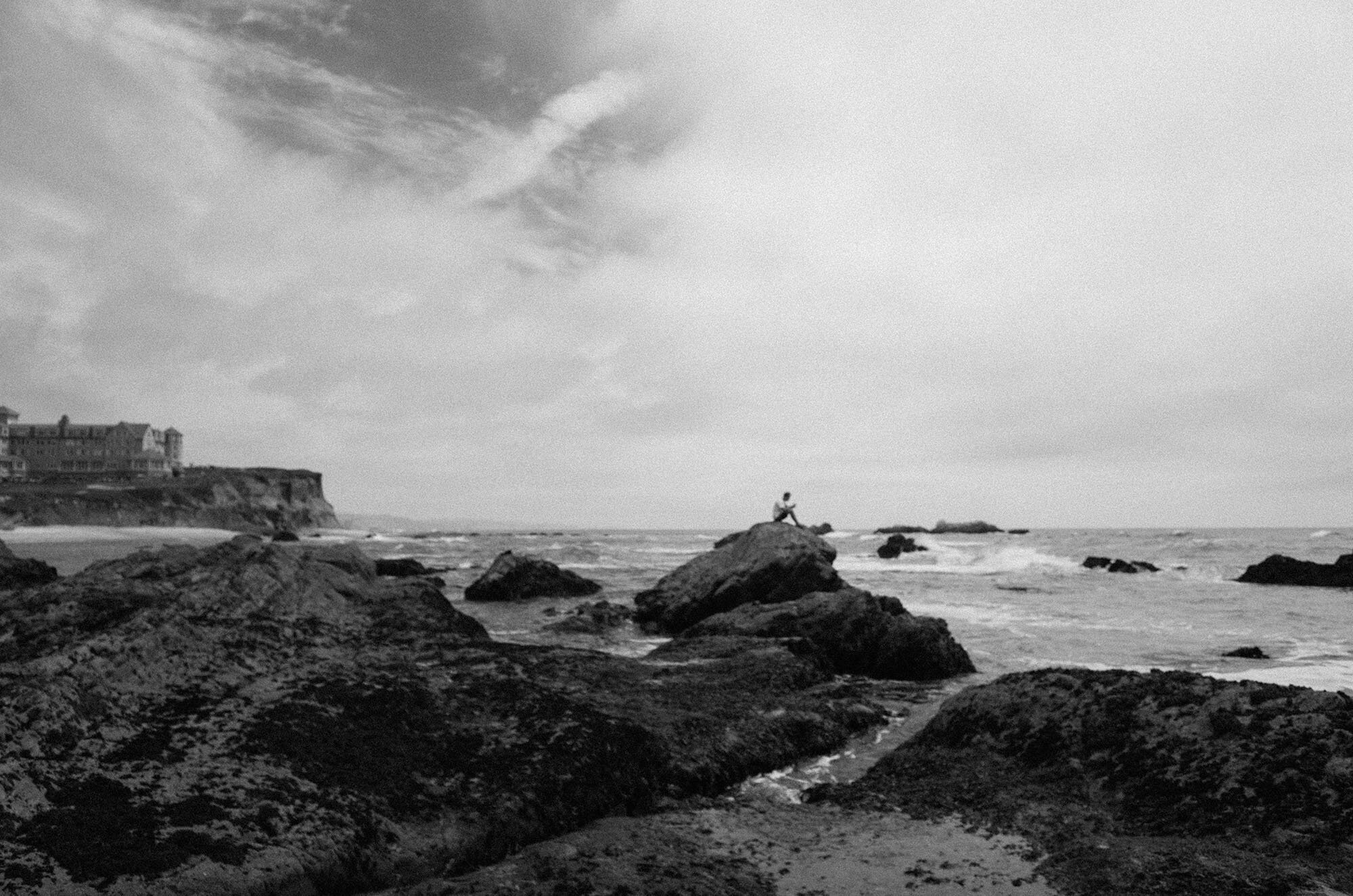
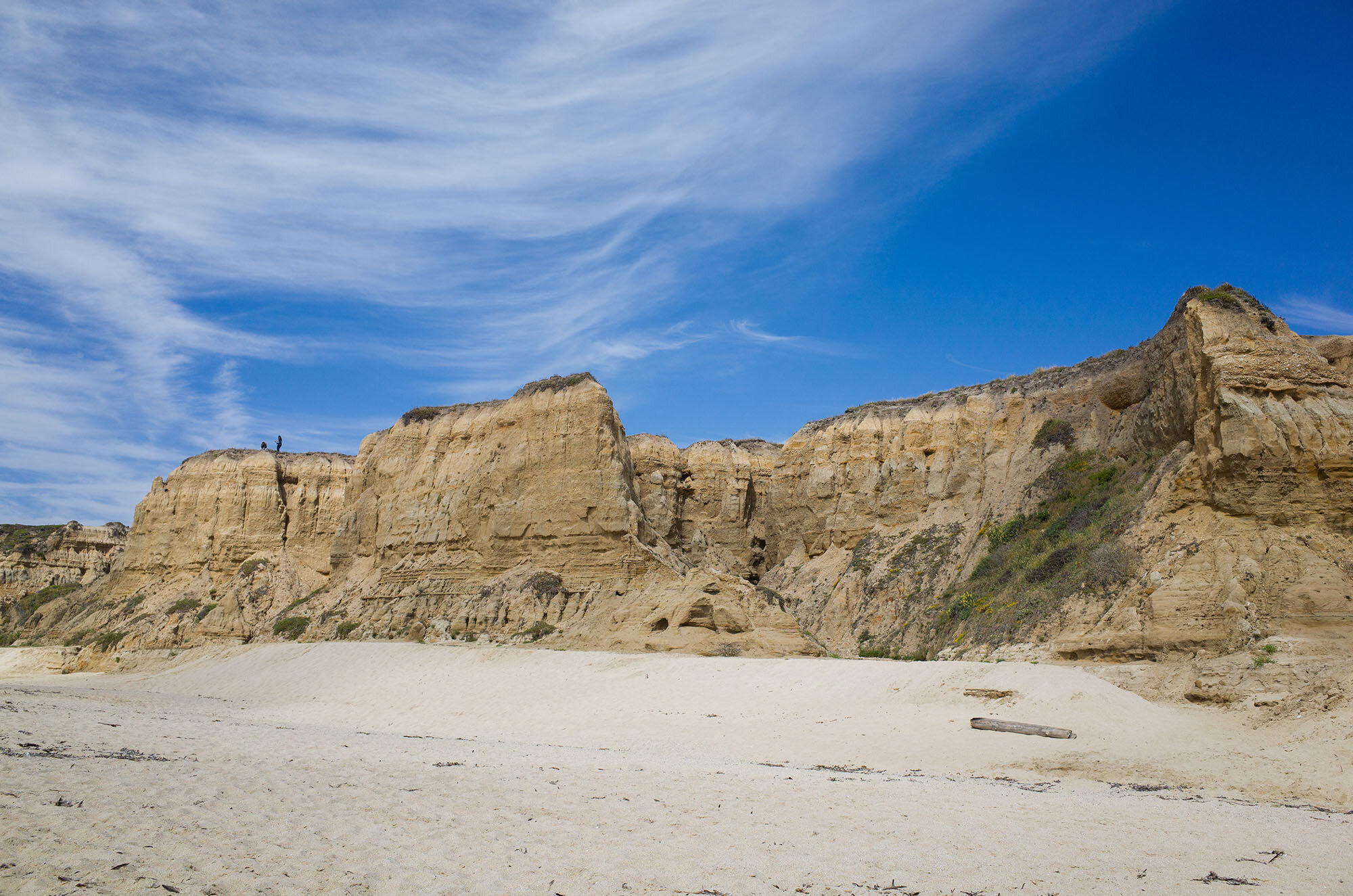
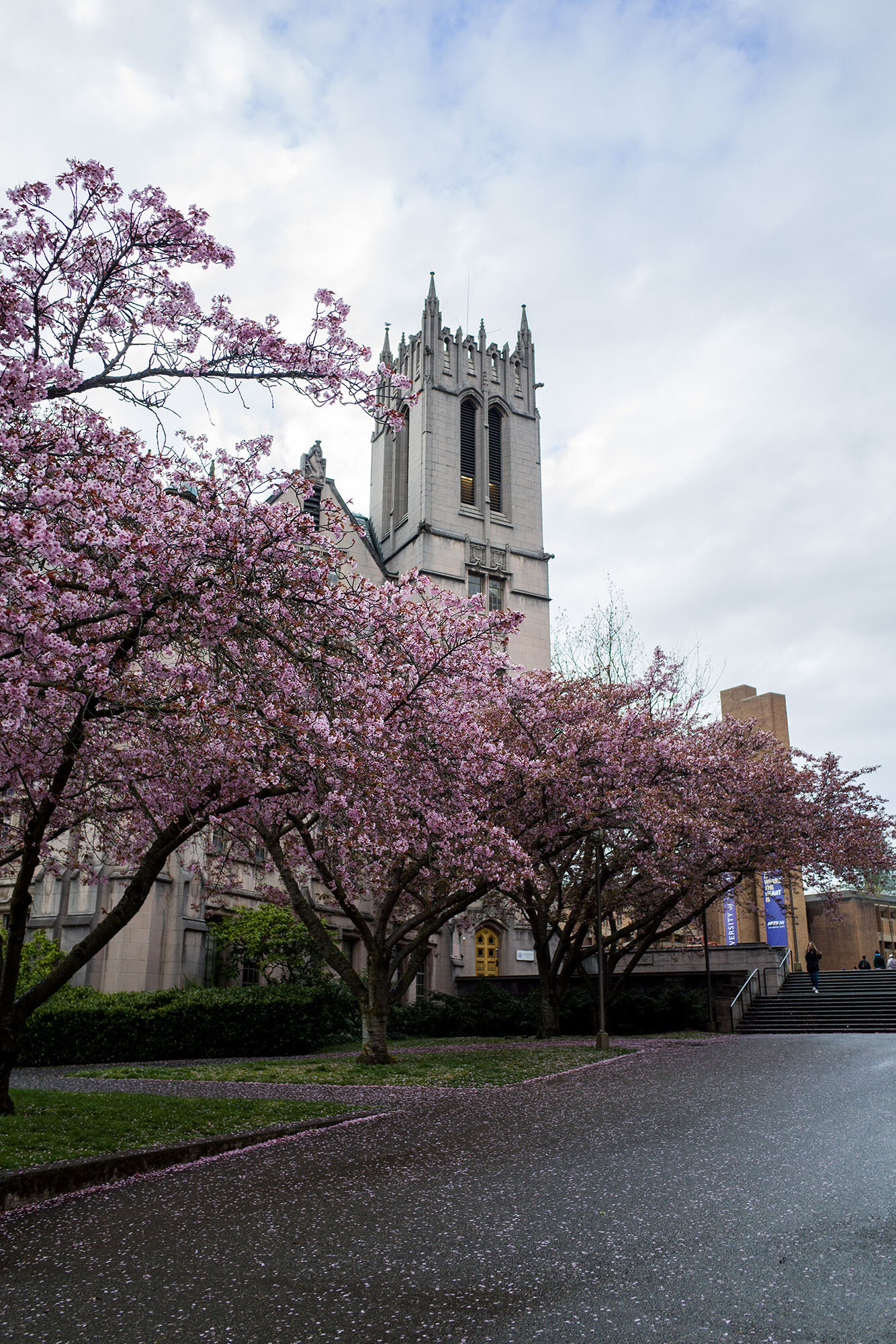
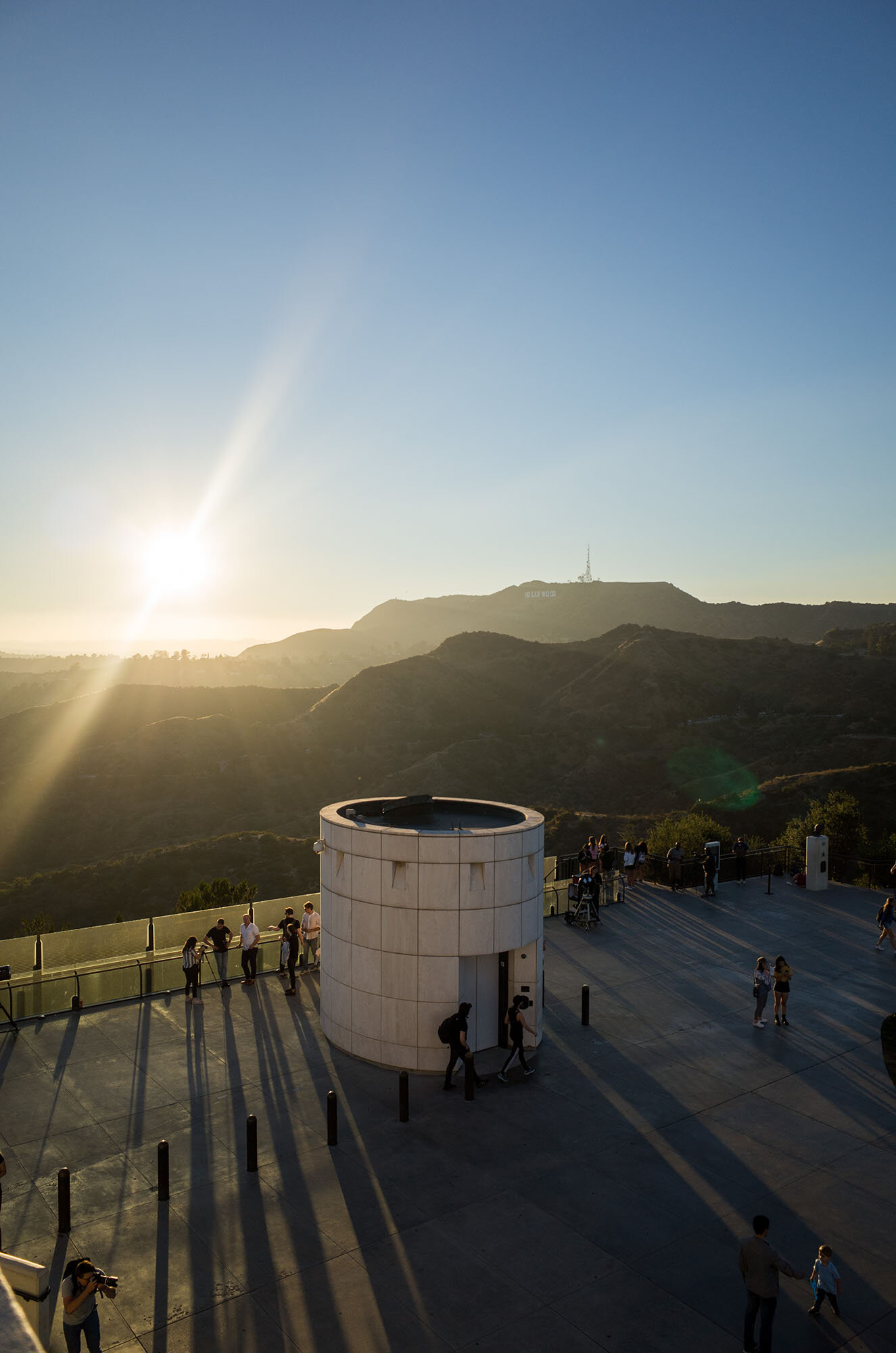
USER EXPERIENCE
The most popular point and shoot camera in the world is the Apple iPhone. So, why would I waste jeans pocket space to add a Ricoh GR to my wallet and iPhone X? Because it’s so damn easy to take stellar photos with the Ricoh GR that blow the iPhone X’s images out of the water.
Once you’ve configured the GR to match your shooting style, you can forget about constantly changing your exposure or focus settings and just turn it on and take a photo. The on/off button activating the lens sliding in and out of the body is satisfying to press, and the shutter button takes care of focusing and capturing images with hardly a second thought.
Autofocus can sometimes hunt in low-light, but in most daily situations, the autofocus is quick enough to capture fleeting moments.
The lack of viewfinder available on the GR was off-putting at first, but then it became second nature to shoot with the rear display, as one would with a smartphone.
So, with so many of the GR’s characteristics matching smartphone cameras, why even bother bringing the GR and a smartphone out with you? Because no matter how many lenses you put on your iPhone 11 Pro Plus Max XSR+, you won’t get a 16MP APS-C sized image sensor with your Tinder-swiping device.
The GR’s simplistic interface, small, compact body, and quick operation allow it to get out of the way of getting candid, everyday moments.


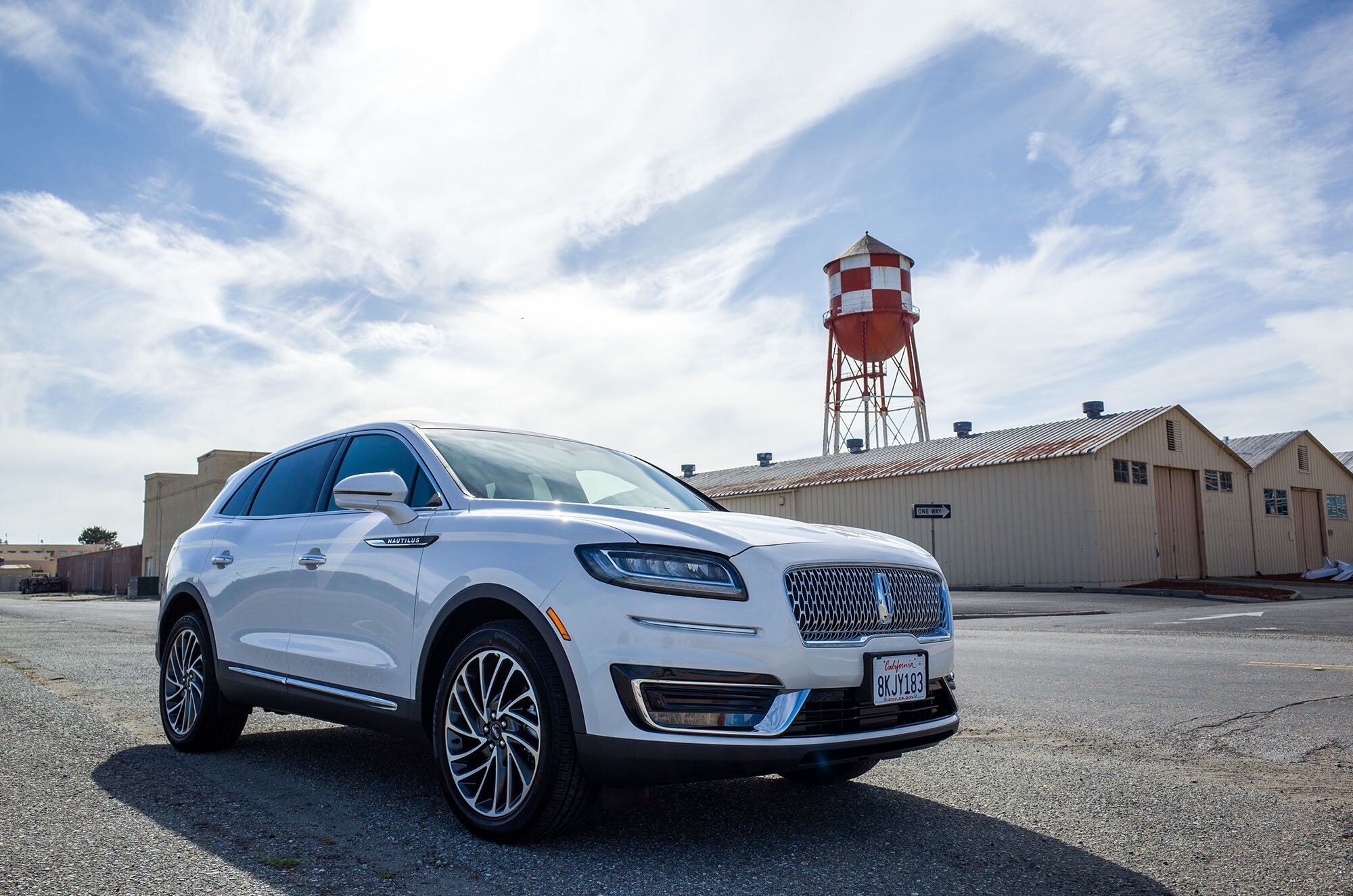

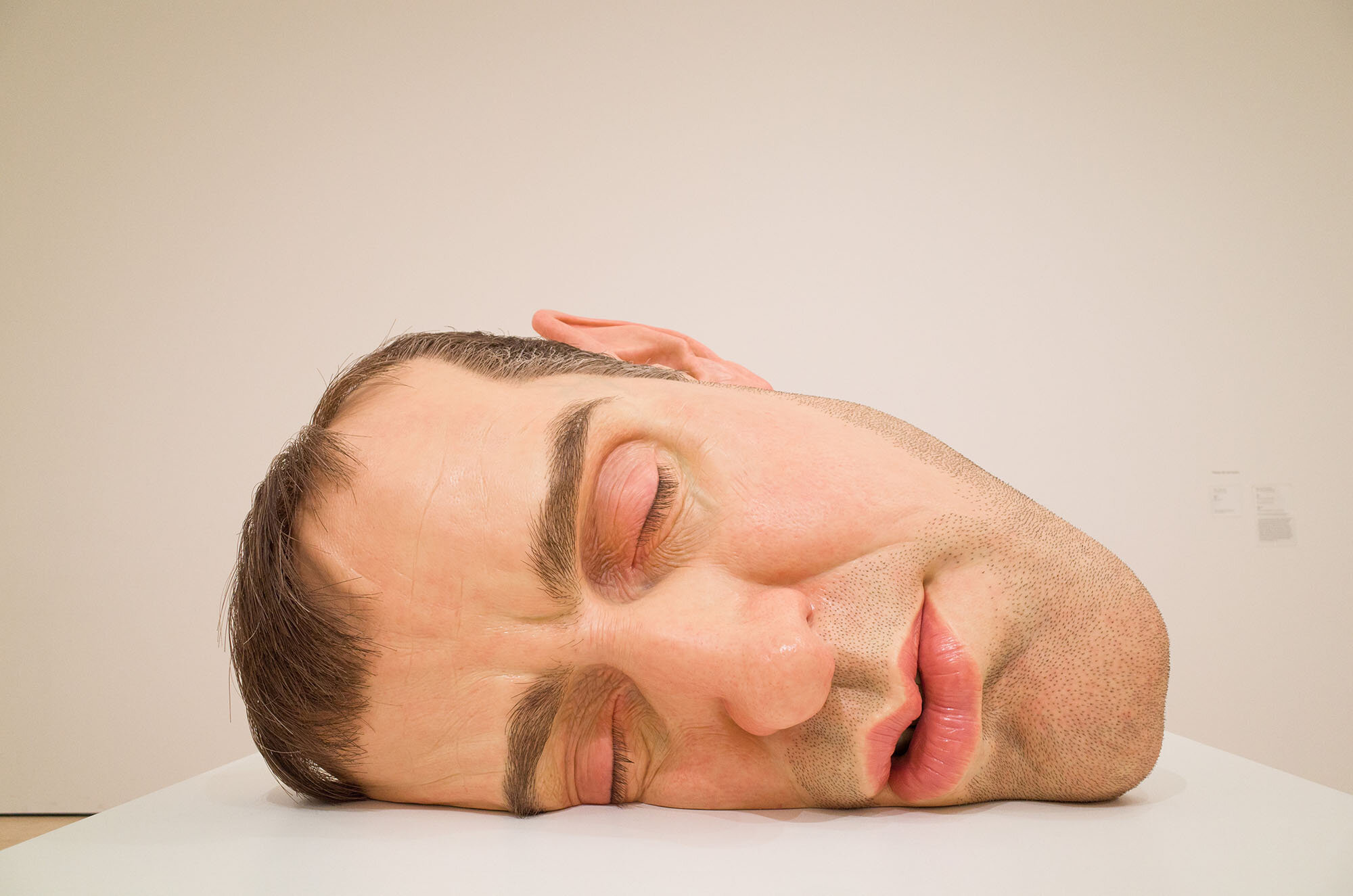


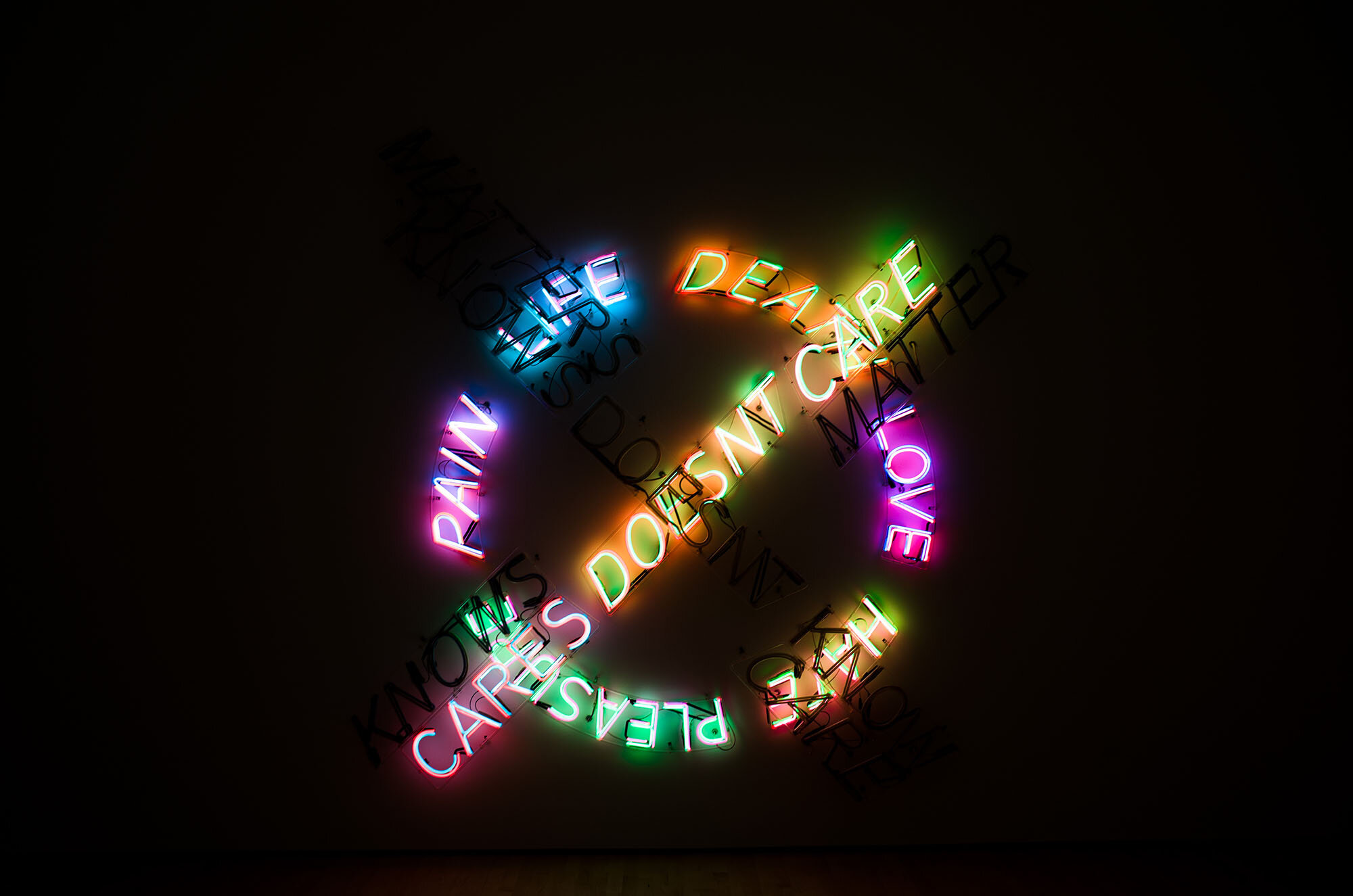

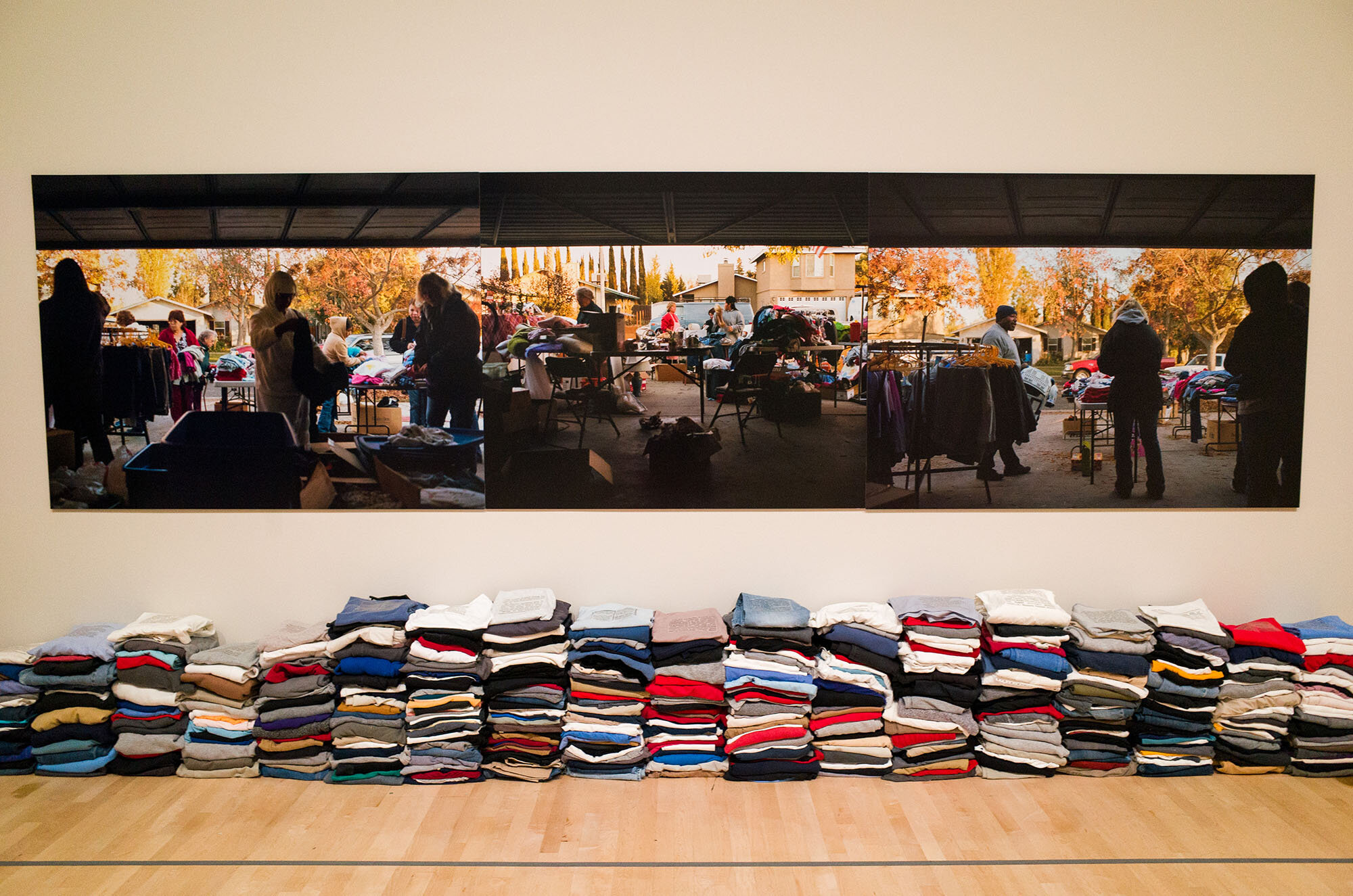
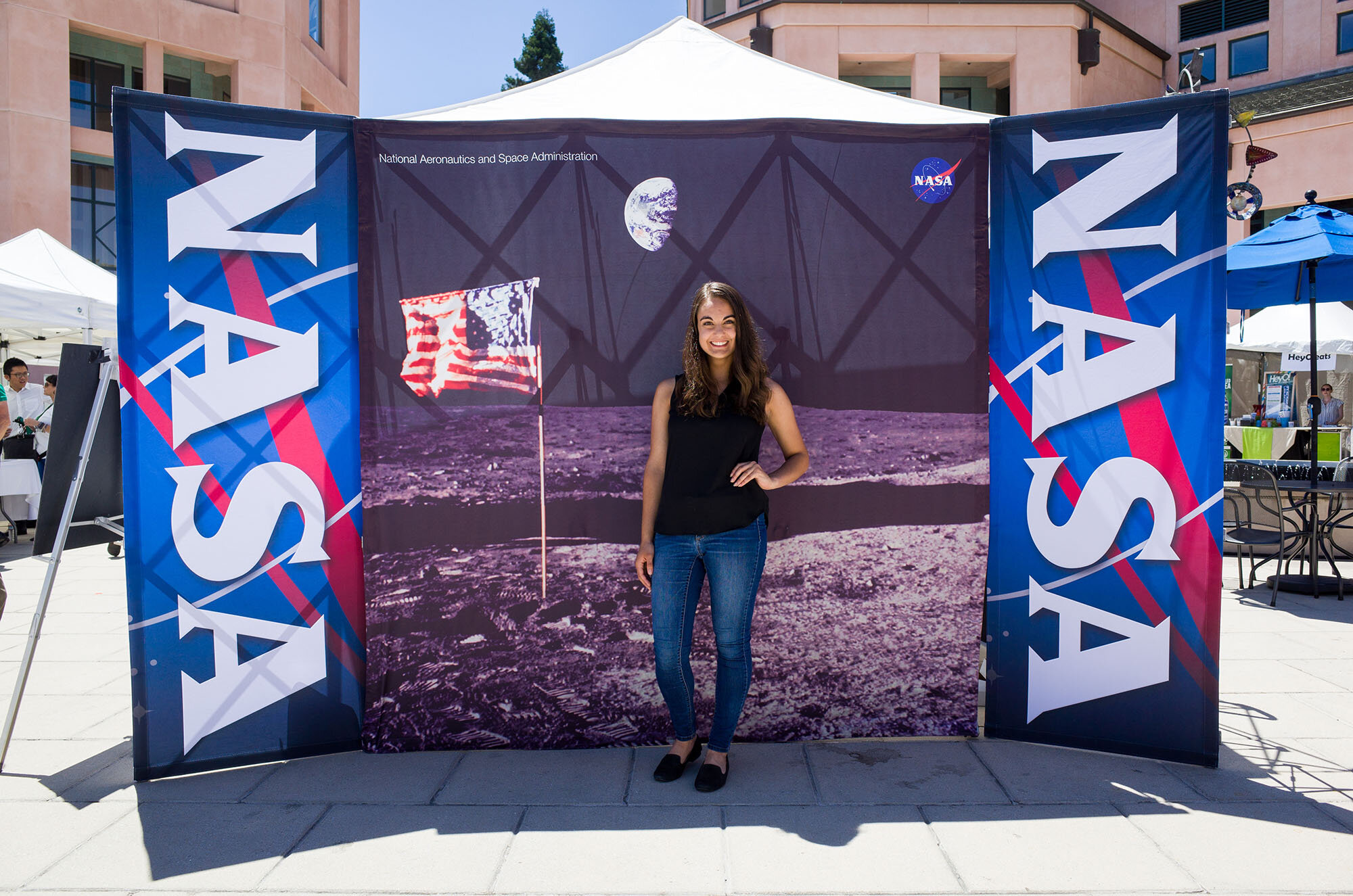




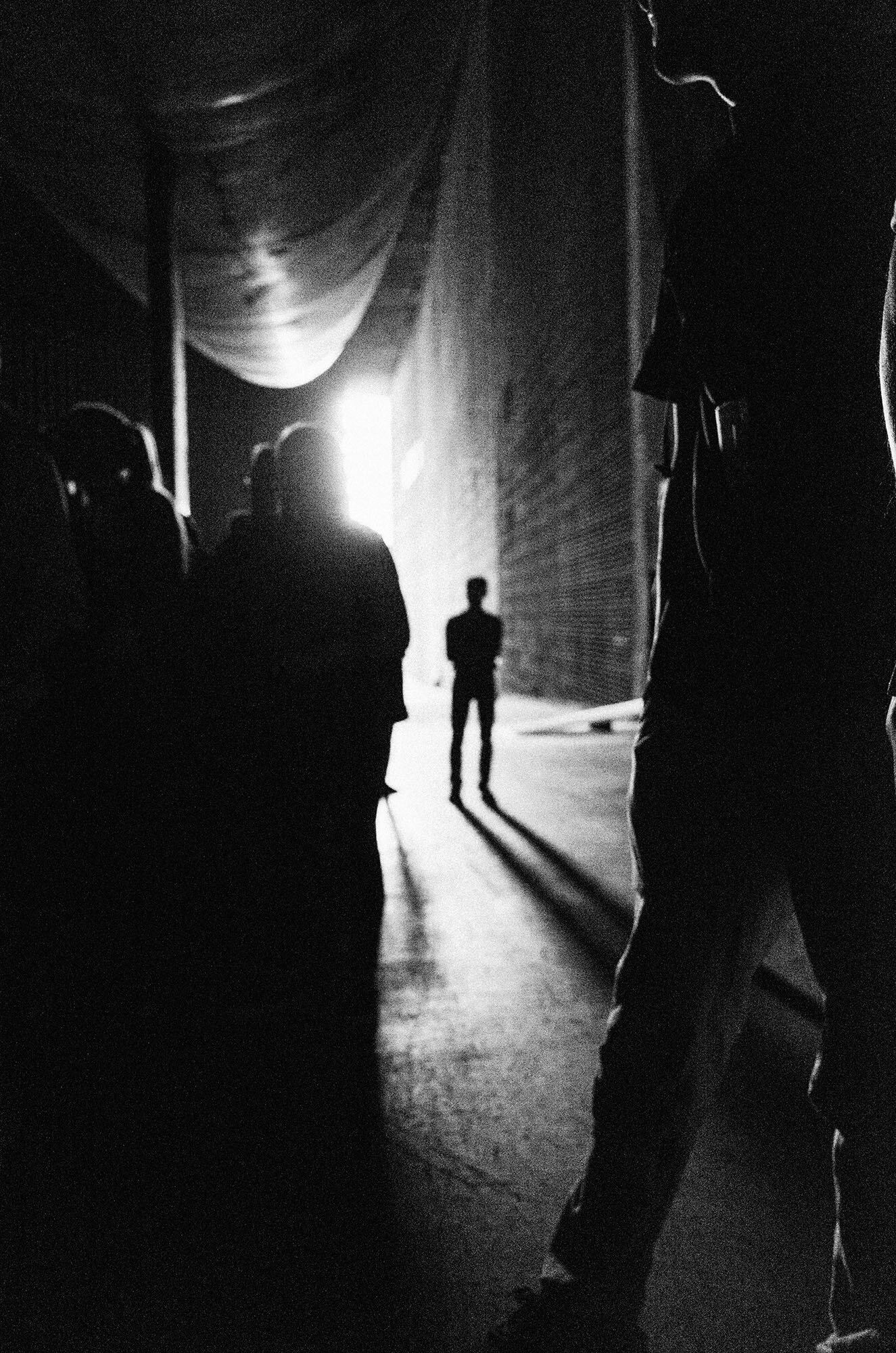


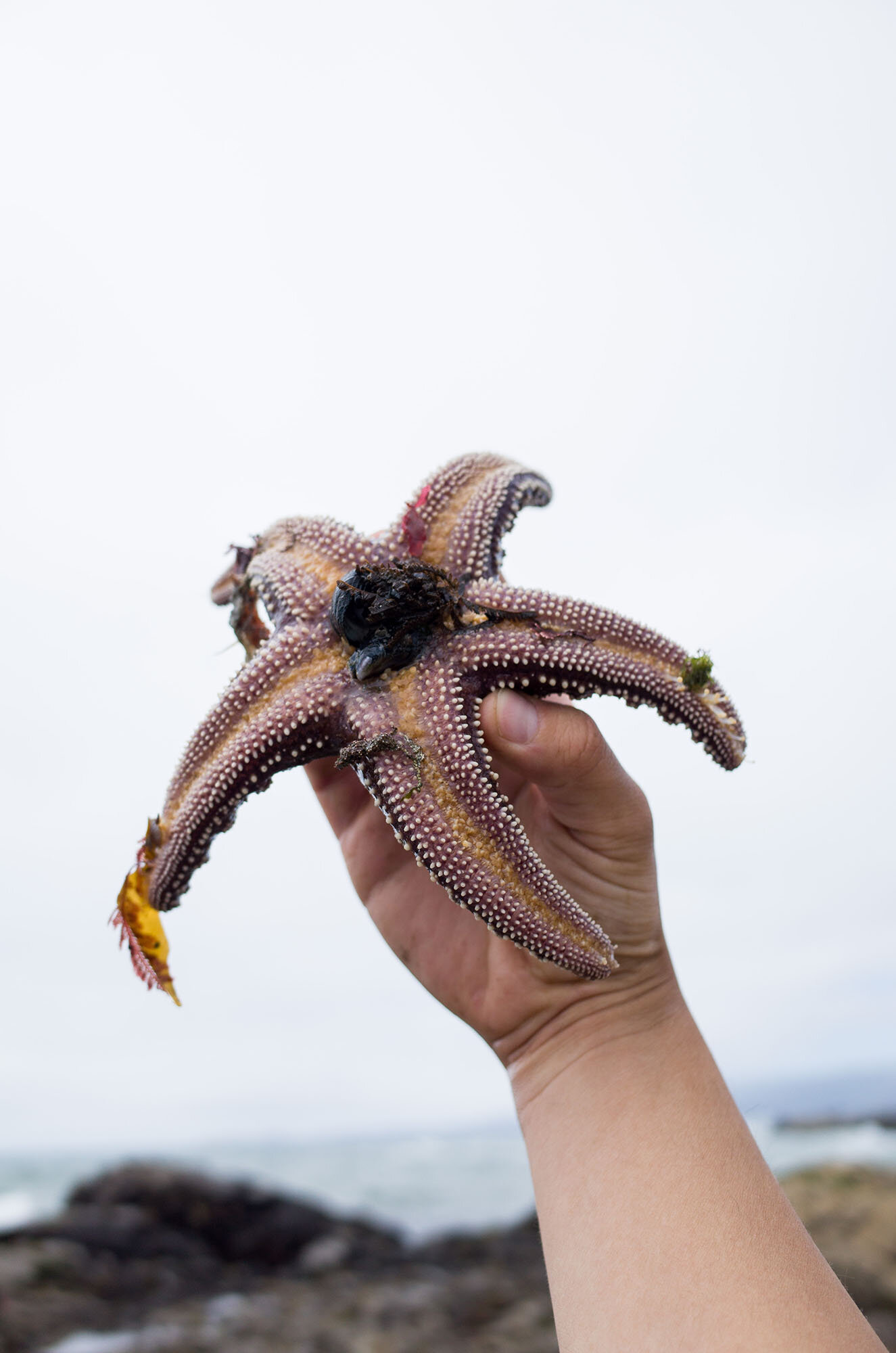
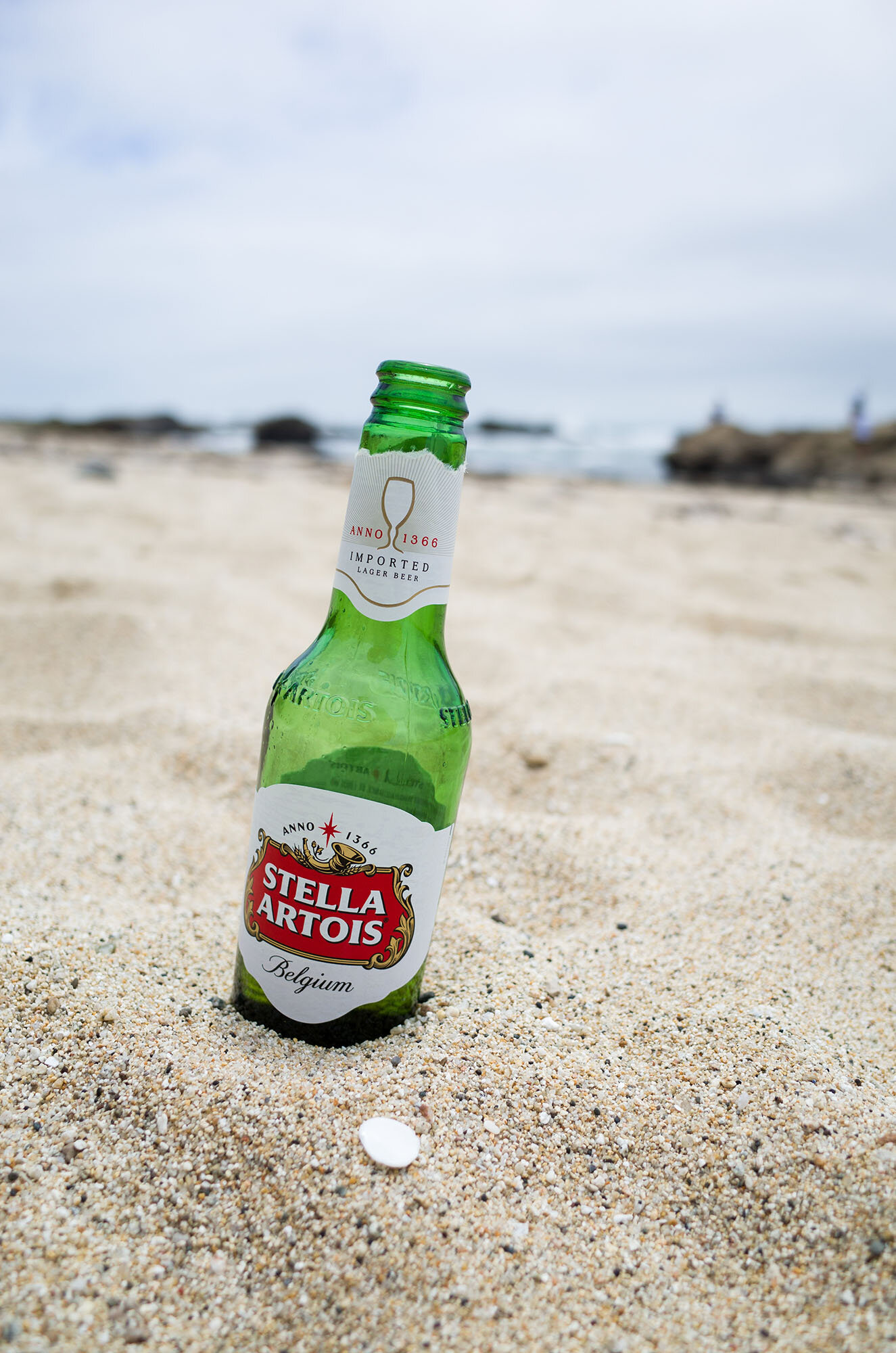
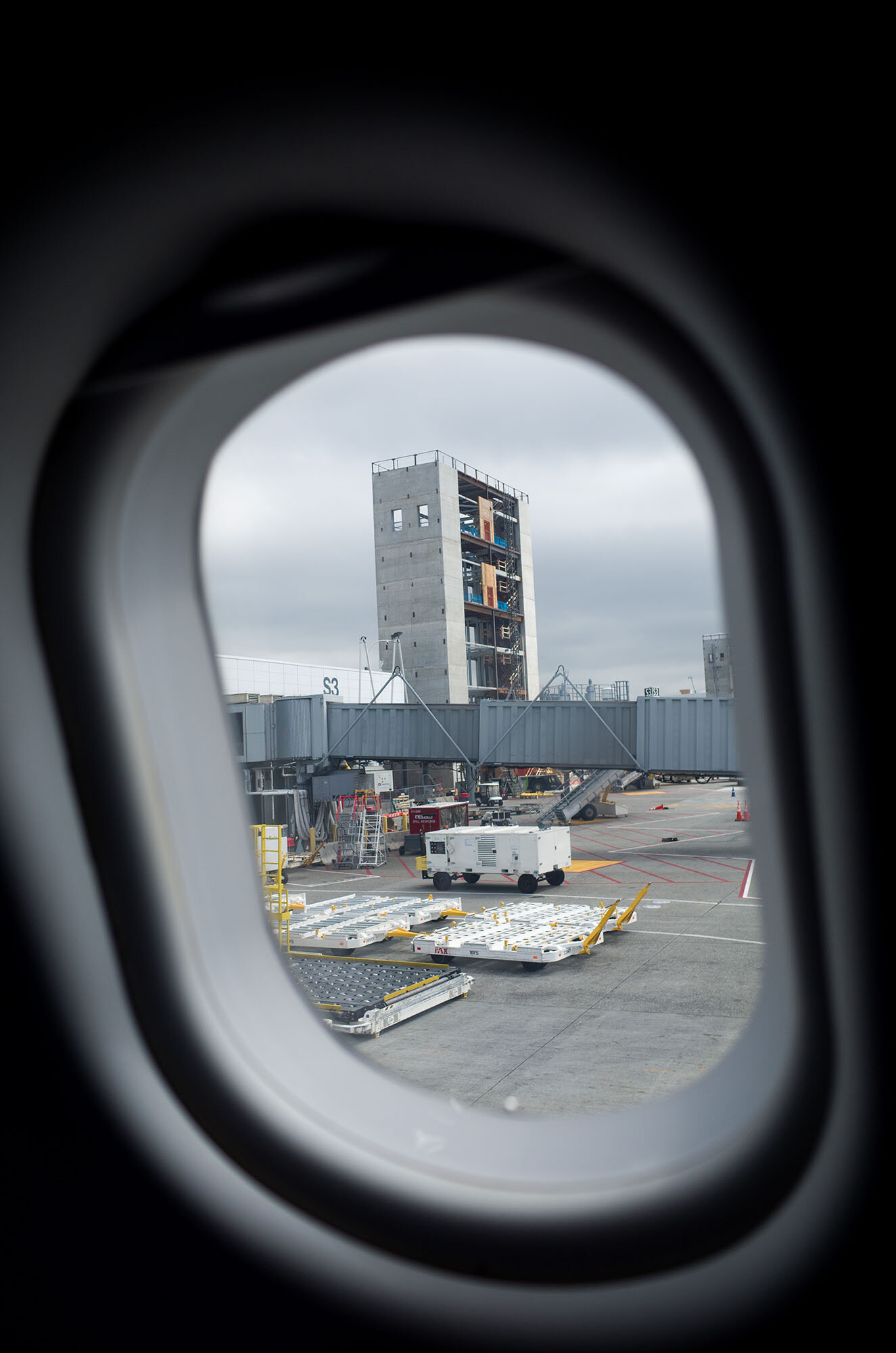
AS A TRAVEL AND STREET PHOTOGRAPHY CAMERA
The Leica Q, in my opinion, is the best travel and street photography camera that is still currently produced, in the world. I’ve also voiced that opinion in a very fleshed-out way in my review of the Leica Q, found here:
With a similarly fixed 28mm lens, the Leica Q is essentially a Ricoh GR pumped up on image quality and autofocus performance steroids. But what happens when you don’t need all the bells and whistles of a $4000 Leica? Then the Ricoh GR is all the camera you need.
Its portability alone makes it an amazing candidate as a travel and street photography camera. Never once during my time using and carrying the Ricoh GR with me did I ever think, ‘wow, I really regret taking this out with me.’ The light weight of the GR and an extra battery allow you to walk around all day without ever feeling the burden of its presence.
Even with my irrational love for the Leica Q, I sometimes find myself feeling that the Q is too much camera to bring out with me on days that I’m not doing any serious photography. This reason, along with its high price tag, was why I kept selling Leica Q’s in order to find cheaper alternatives that I could use in times that I wasn’t traveling. After a dozen or so Fujifilm X-mount bodies, I kept coming back to the Leica Q, just because of its unbeatable stunning image quality, and 3D pop from its full-frame sensor paired with that beautiful 28mm Leica Summilux lens. Nonetheless, the GR fills the void that is opened up by my desire to have a camera for casual use.
The GR’s small size also allows for discreet street photography as most passersby assume that you are just a tourist in the city with a cheap point and shoot camera. In some cases, they may be correct, even if you’re doing your best Henry Cartier-Bresson impression.
Bottom-line: The Ricoh GR is a fantastic camera for traveling and street photography. Just take a look at these images:
AS A LIFE COMPANION, AND WHY IT DEFEATS MY PHOTOGRAPHY CRISIS
For a casual photographer, portability may be the most important characteristic for purchasing a camera. For a serious photographer, there’s many more qualities to consider when trying to build a gear collection. Trying to bridge the gap between these two sets of needs is what makes buying a premium point and shoot camera so difficult.
When spending the money and effort to buy a camera separate from a smartphone, too little money could buy you a low-quality point and shoot camera that produces worse images than a modern smartphone. However, investing too much money into a point and shoot might lead to buying too much camera for simple photographic purposes.
What makes the Ricoh GR so special when compared to cameras like the Sony RX100 series, Fujifilm’s X100 series, and the Leica Q series is its unique offering as an extremely compact camera while being able to match or beat the image quality from each of these aforementioned cameras in different situations. It has solved my crisis of choosing between living in the moment and capturing beautiful moments. I can do both simultaneously and easily with the Ricoh GR. That’s not to say I couldn’t with any other camera, but the Ricoh GR is the camera that’s enabled me the most.
The Ricoh’s characteristics paired with an extremely affordable price point (anywhere from $300-900 USD depending on condition and generation) compared to other premium point and shoot cameras makes it a great entry-level camera for amateurs to learn on, as well as a capable addition to a professional photographer’s arsenal. Additionally, each subsequent generation of the Ricoh GR has been an evolutionary improvement, making it an increasingly formidable camera.
Believe the hype, the Ricoh GR is the real deal.
If you’ve found my blog helpful or has added value to your day, please use the following link for your purchases on Amazon: Link to Amazon here
As an Amazon Associate I earn from qualifying purchases.




